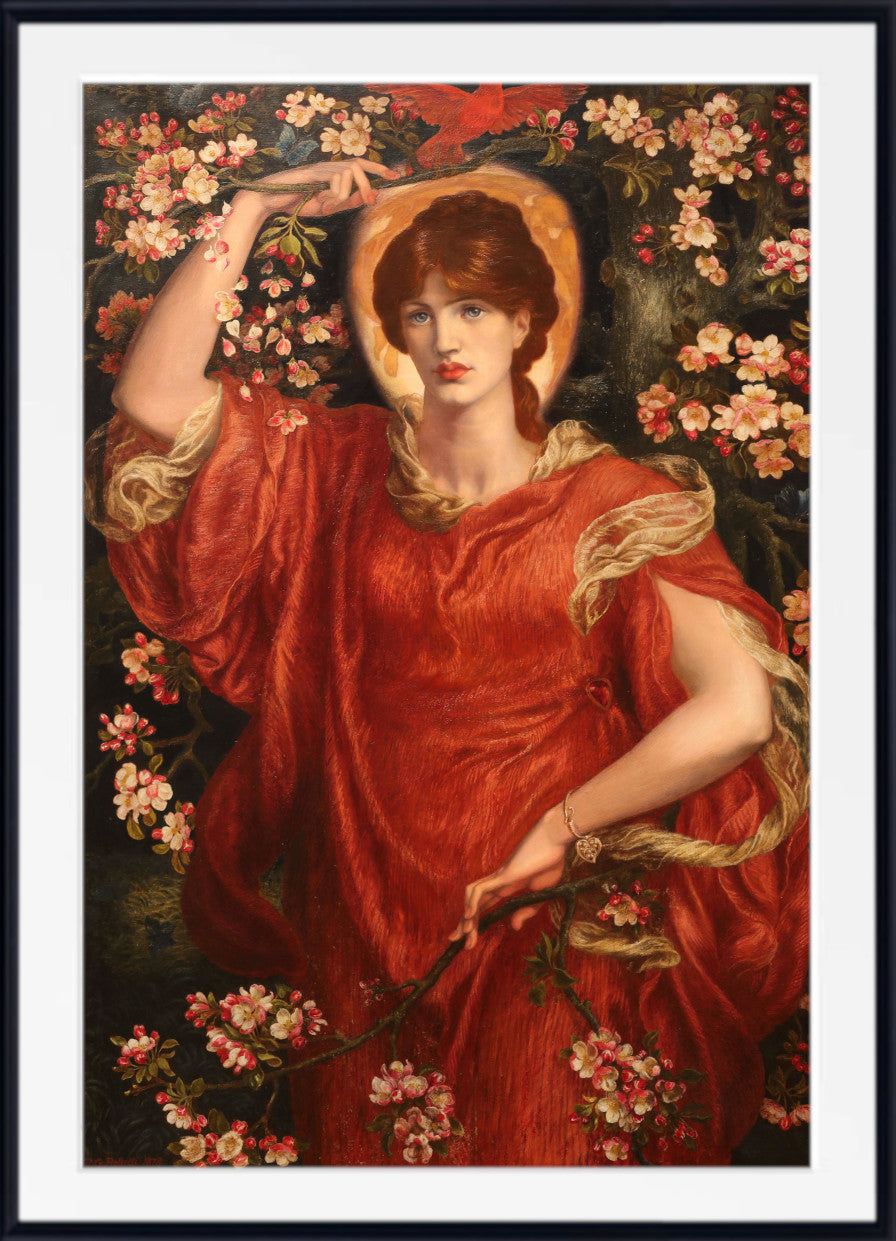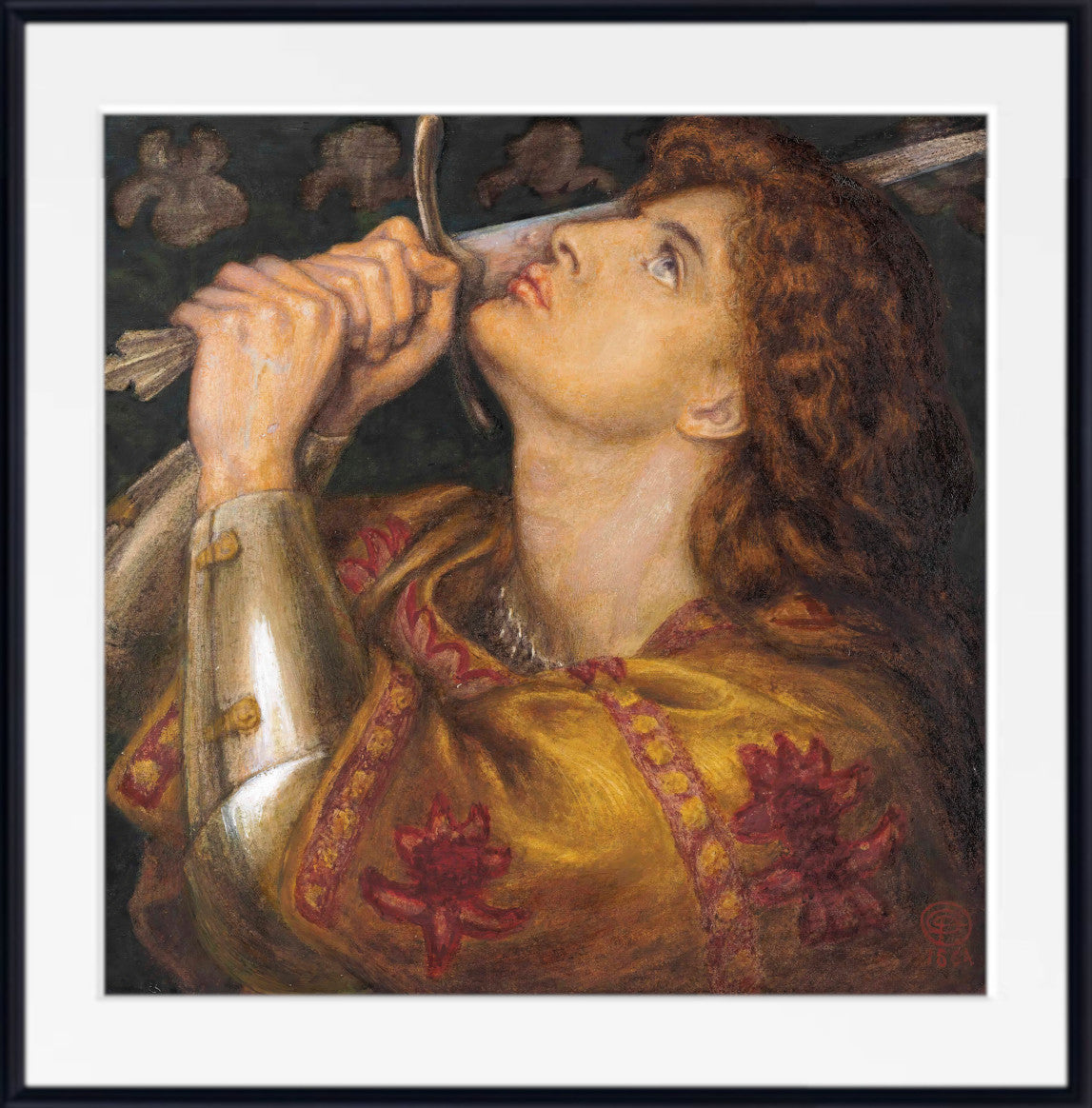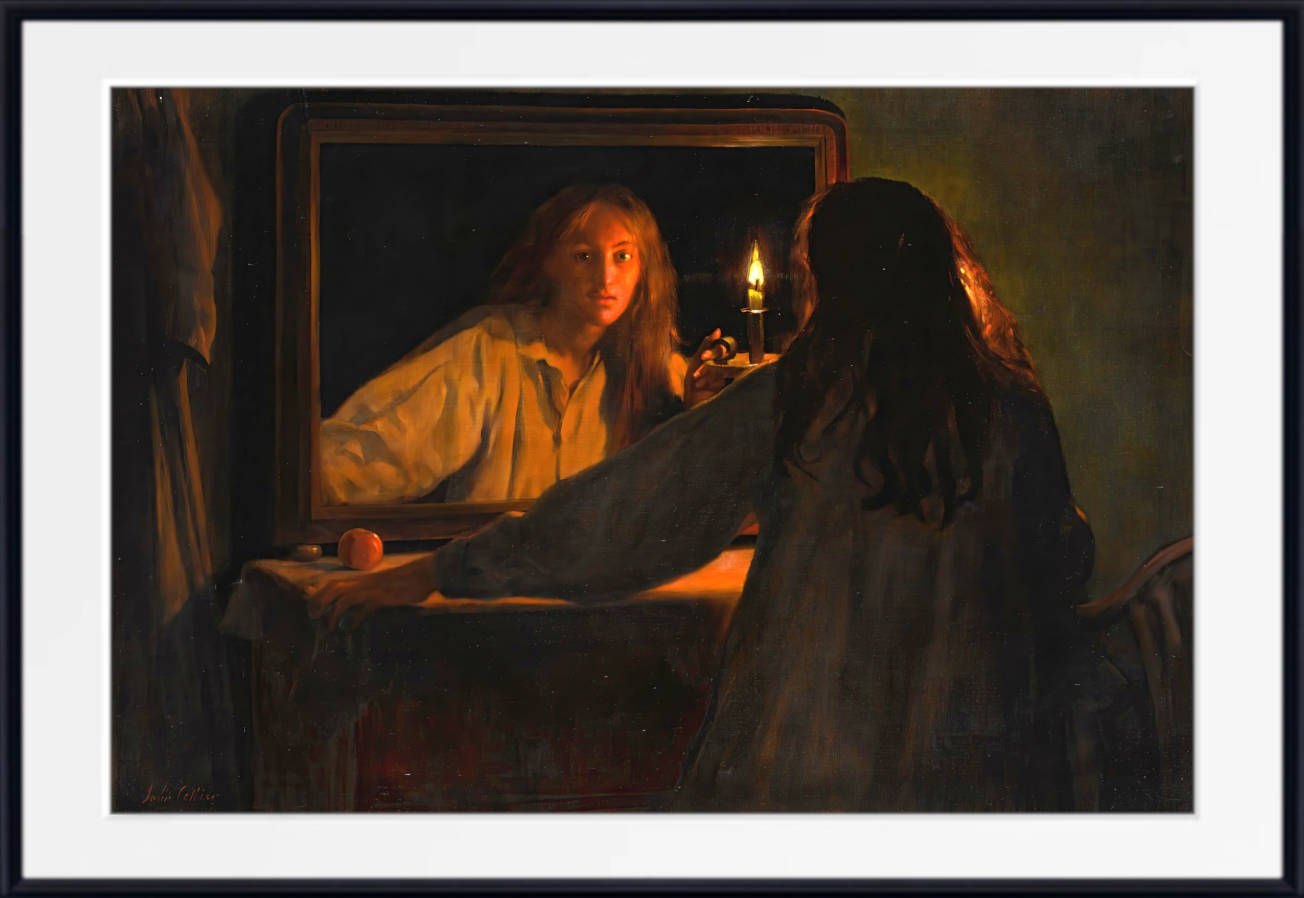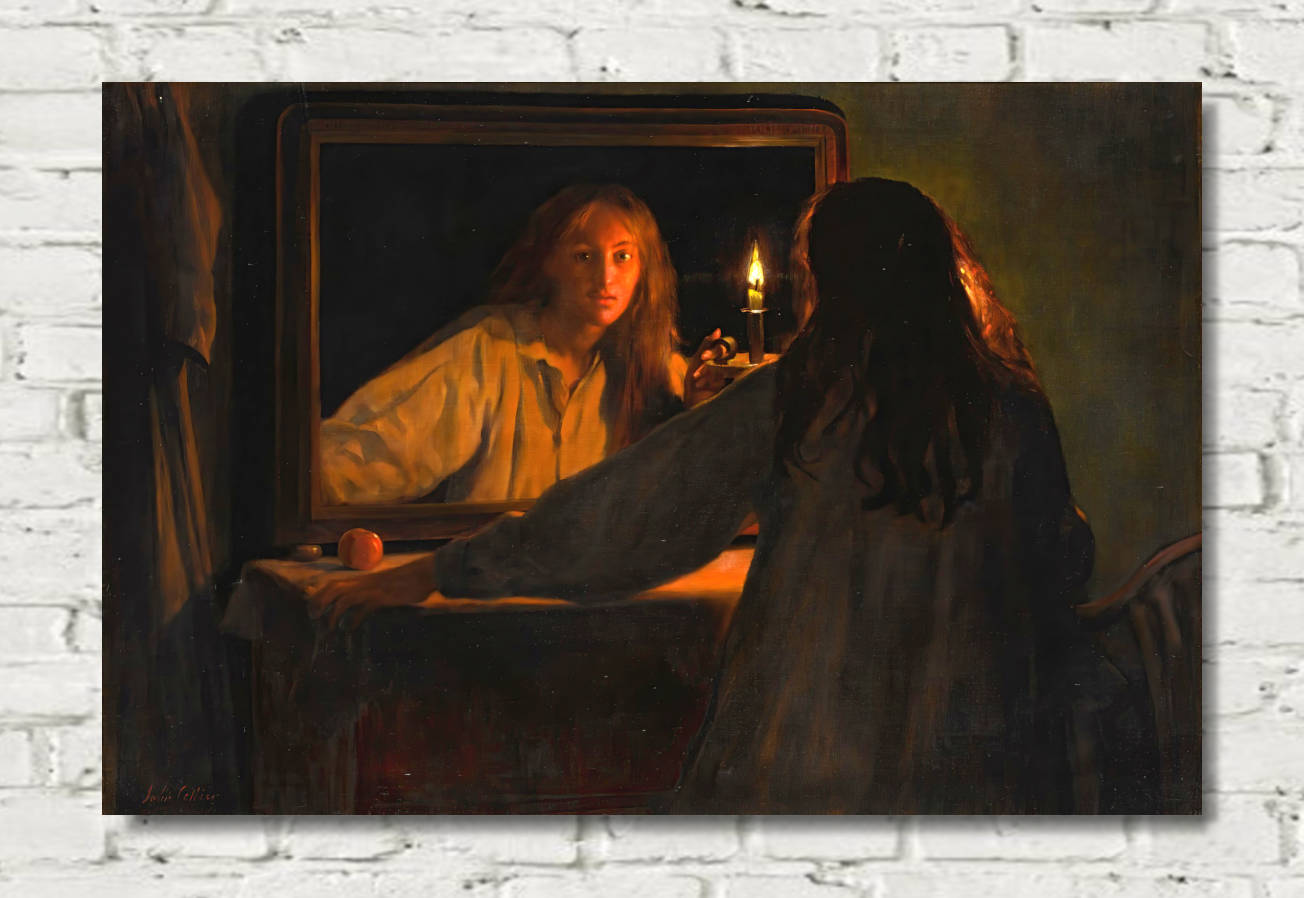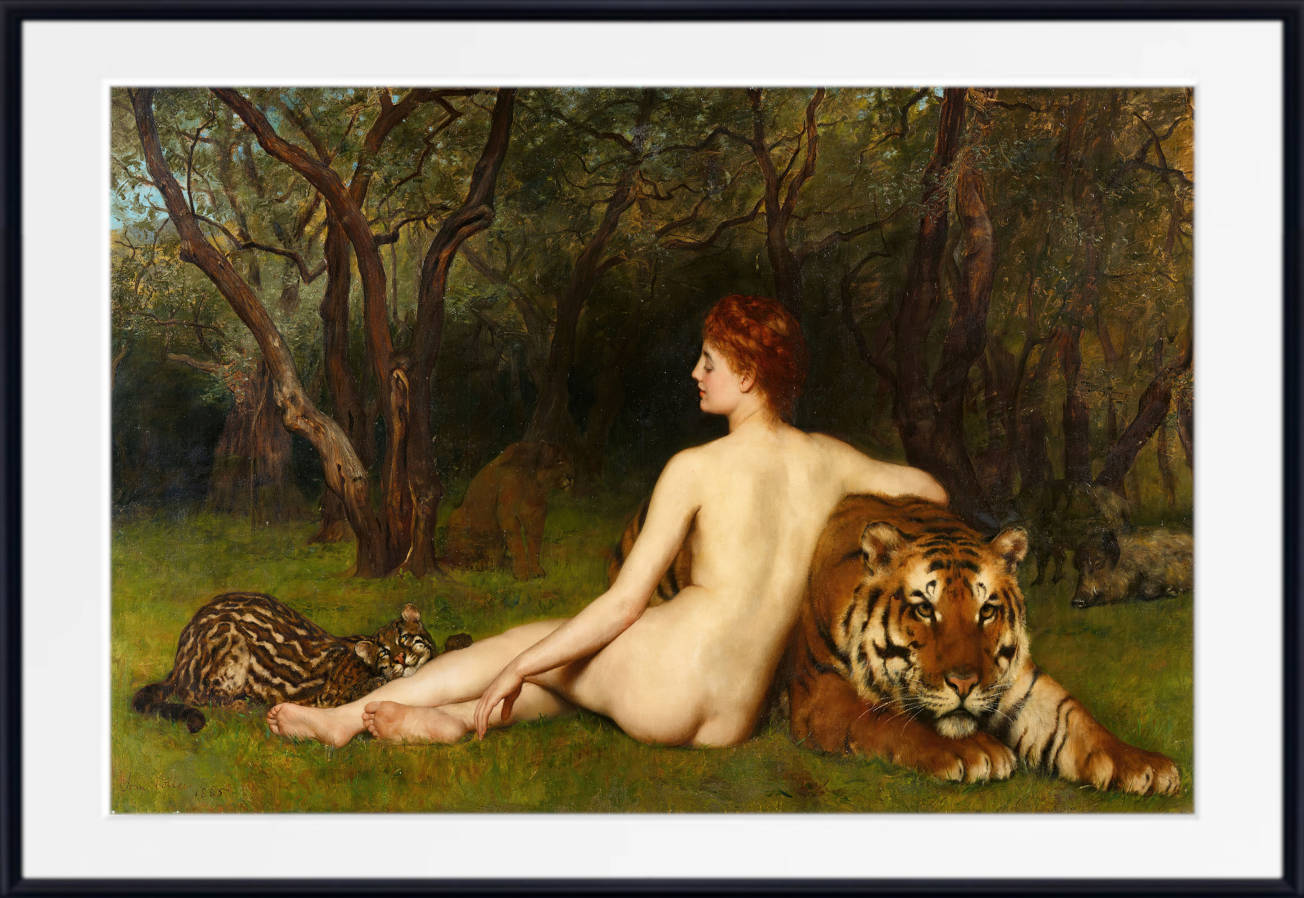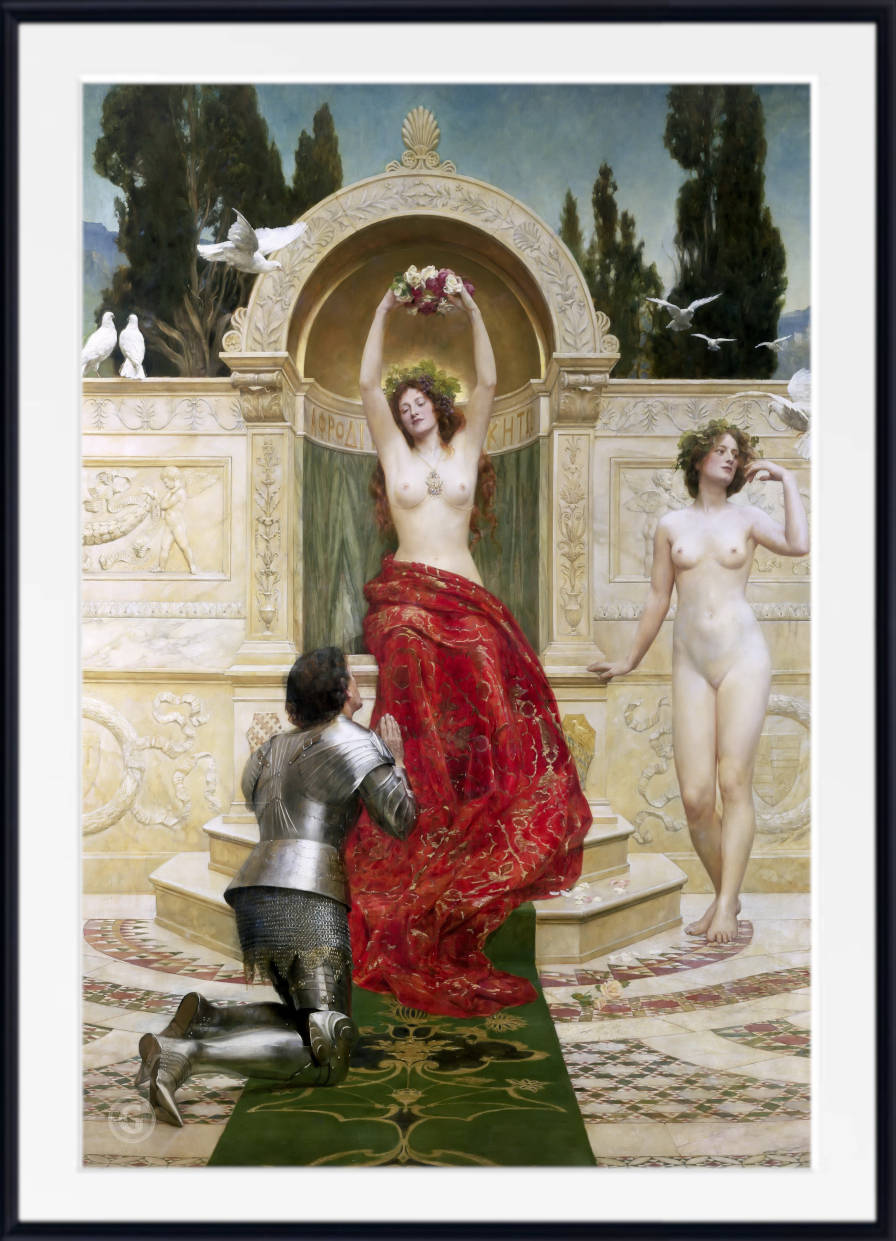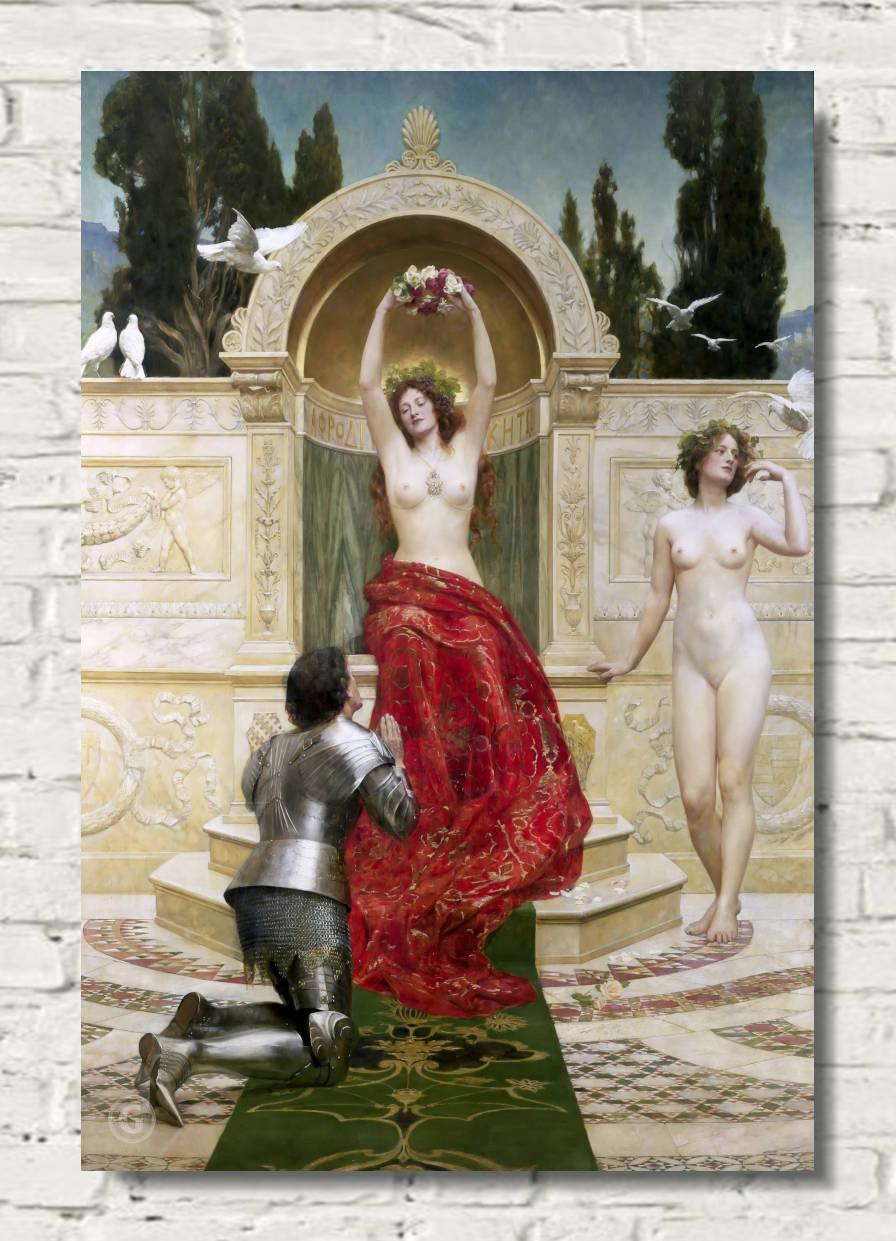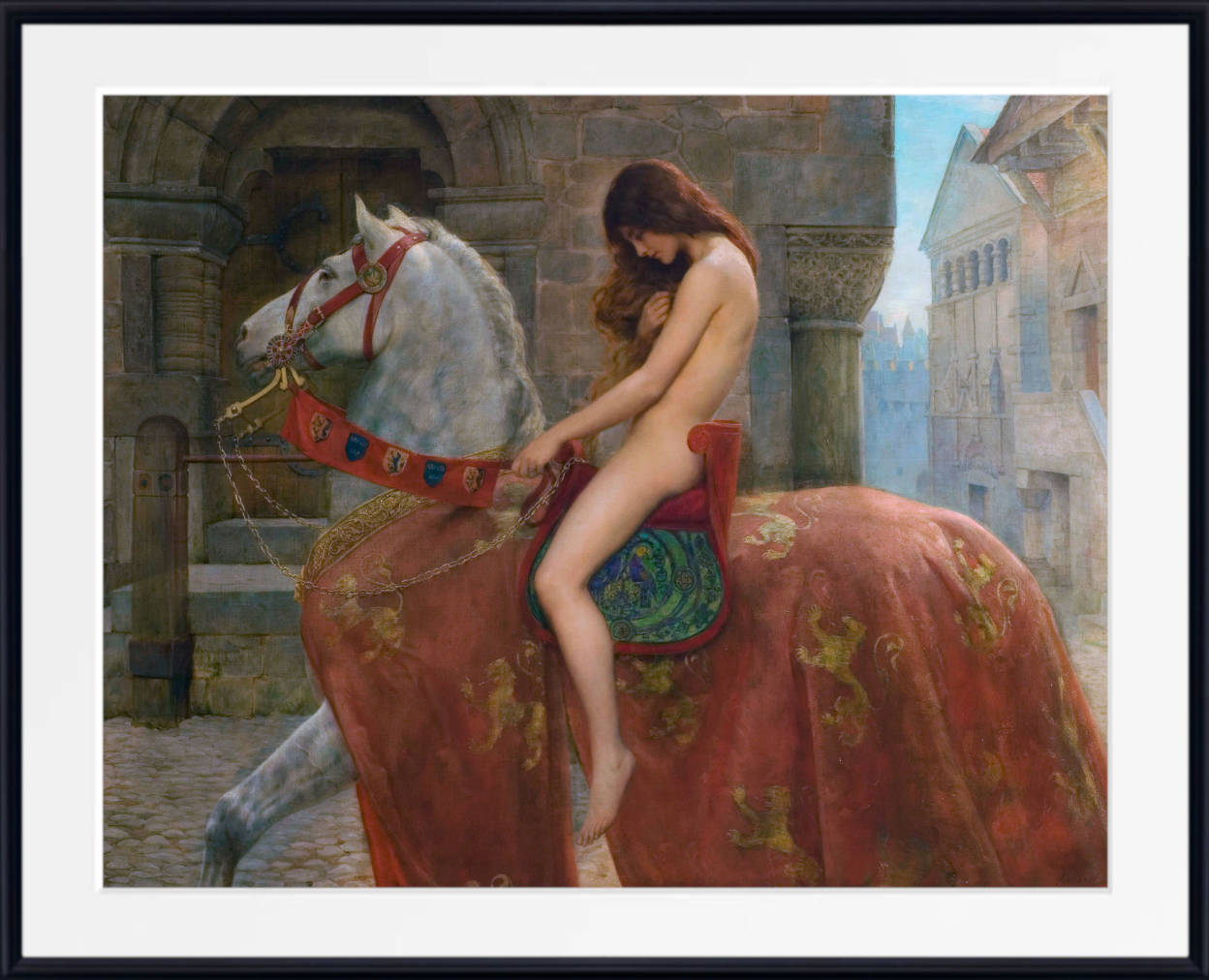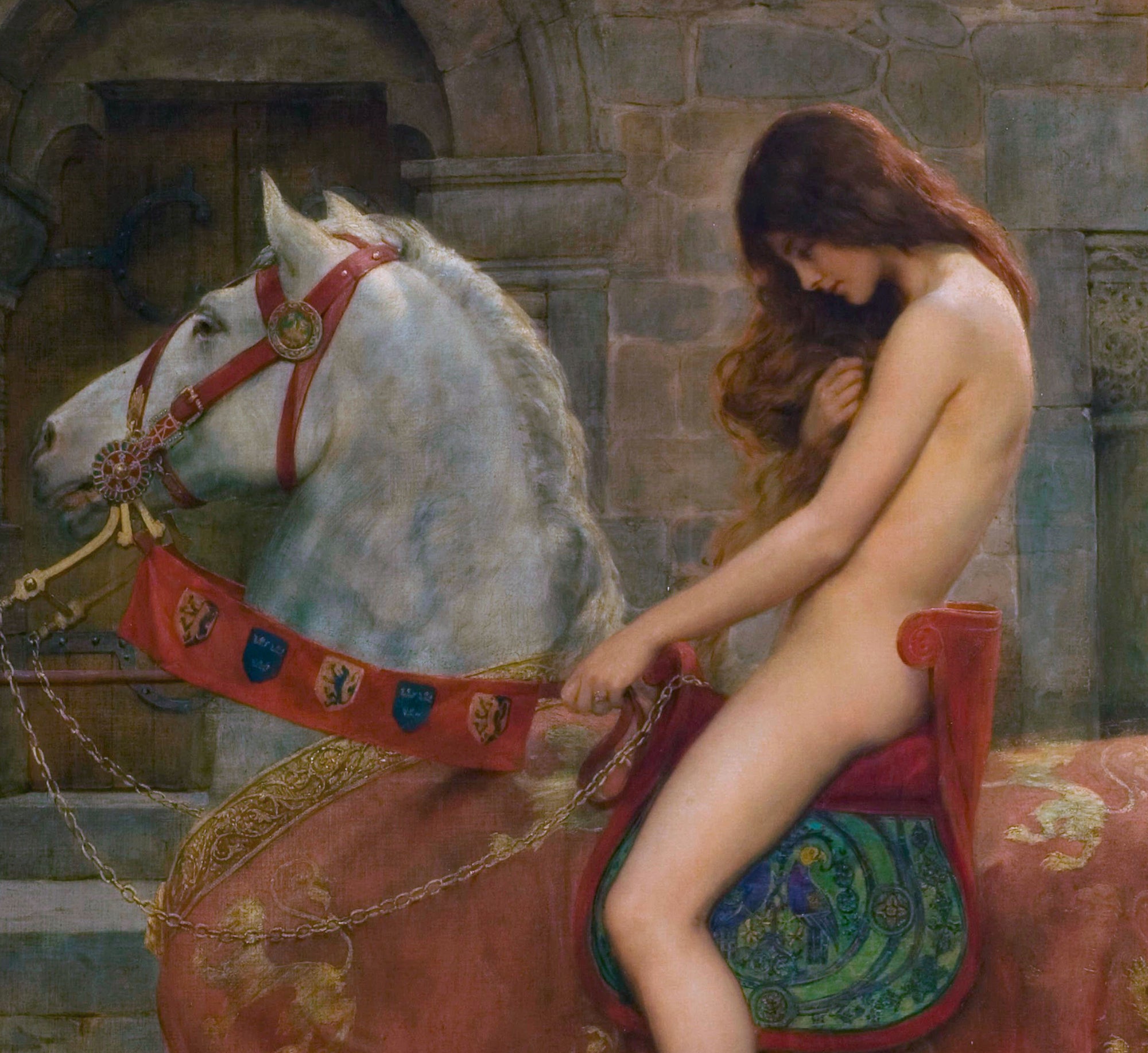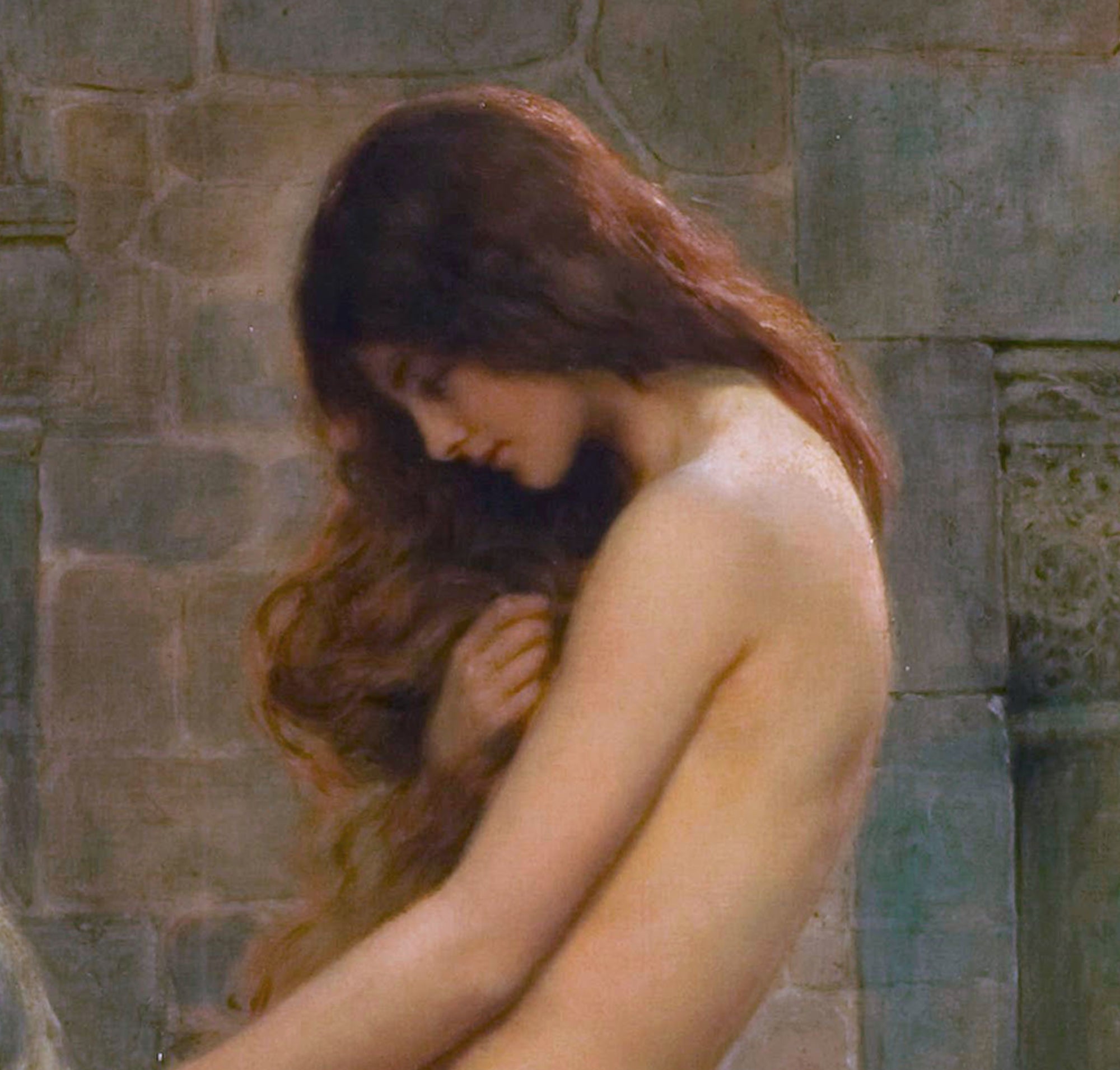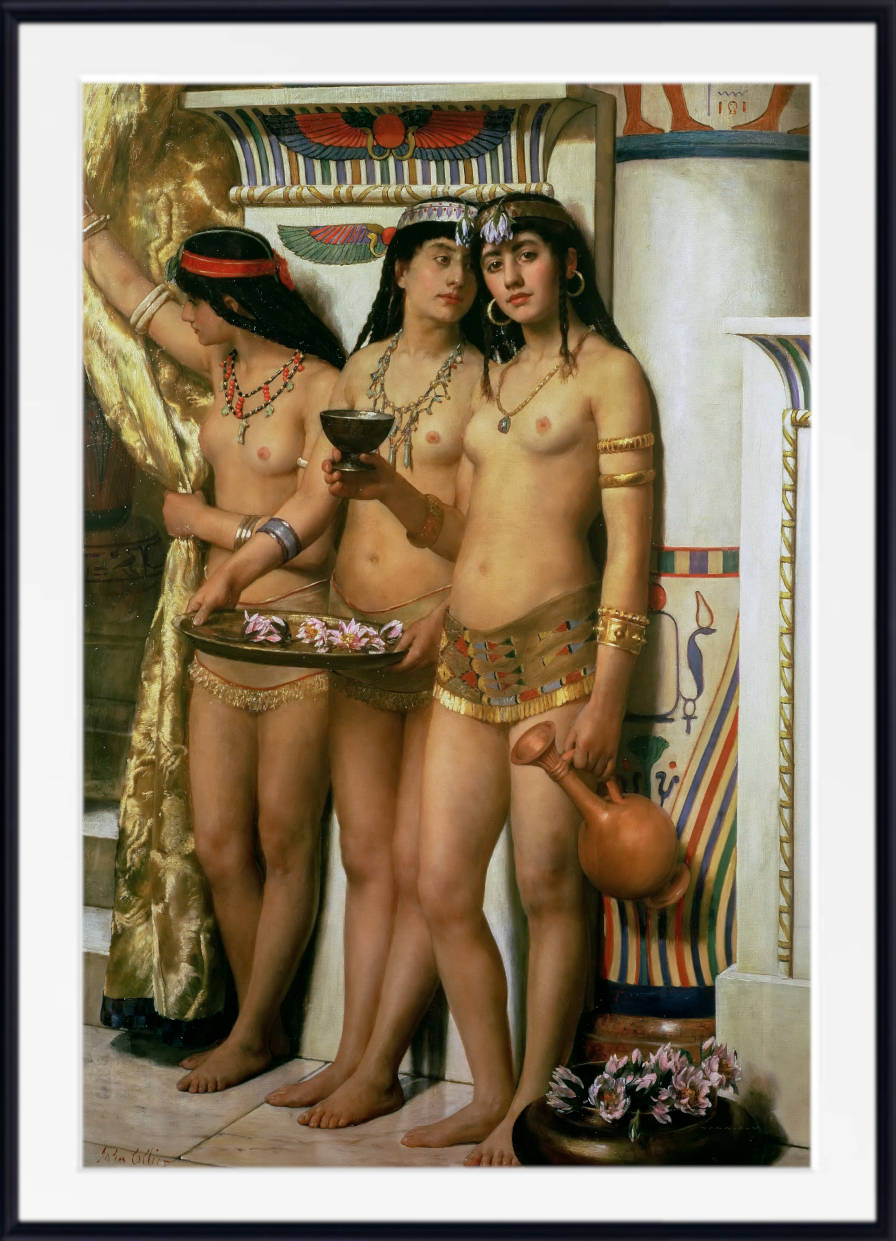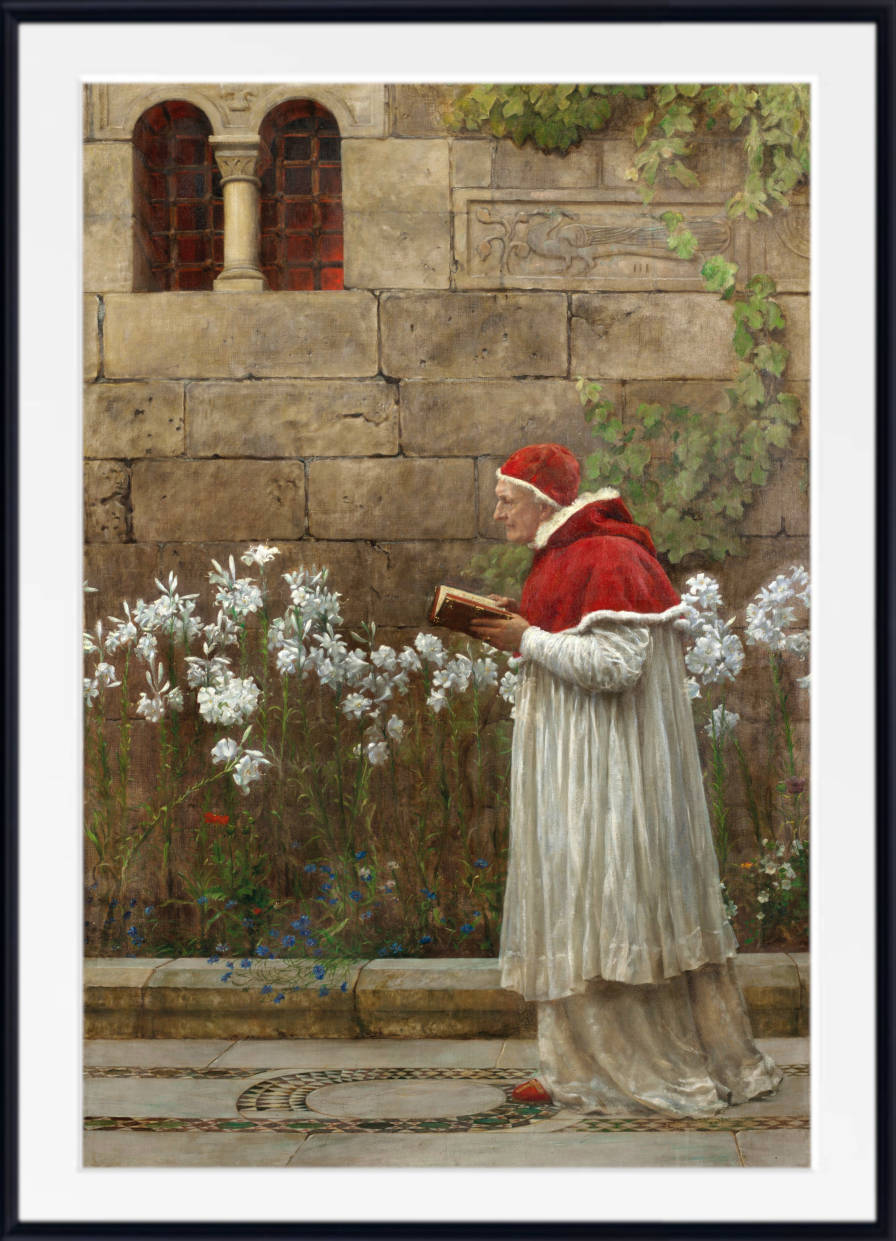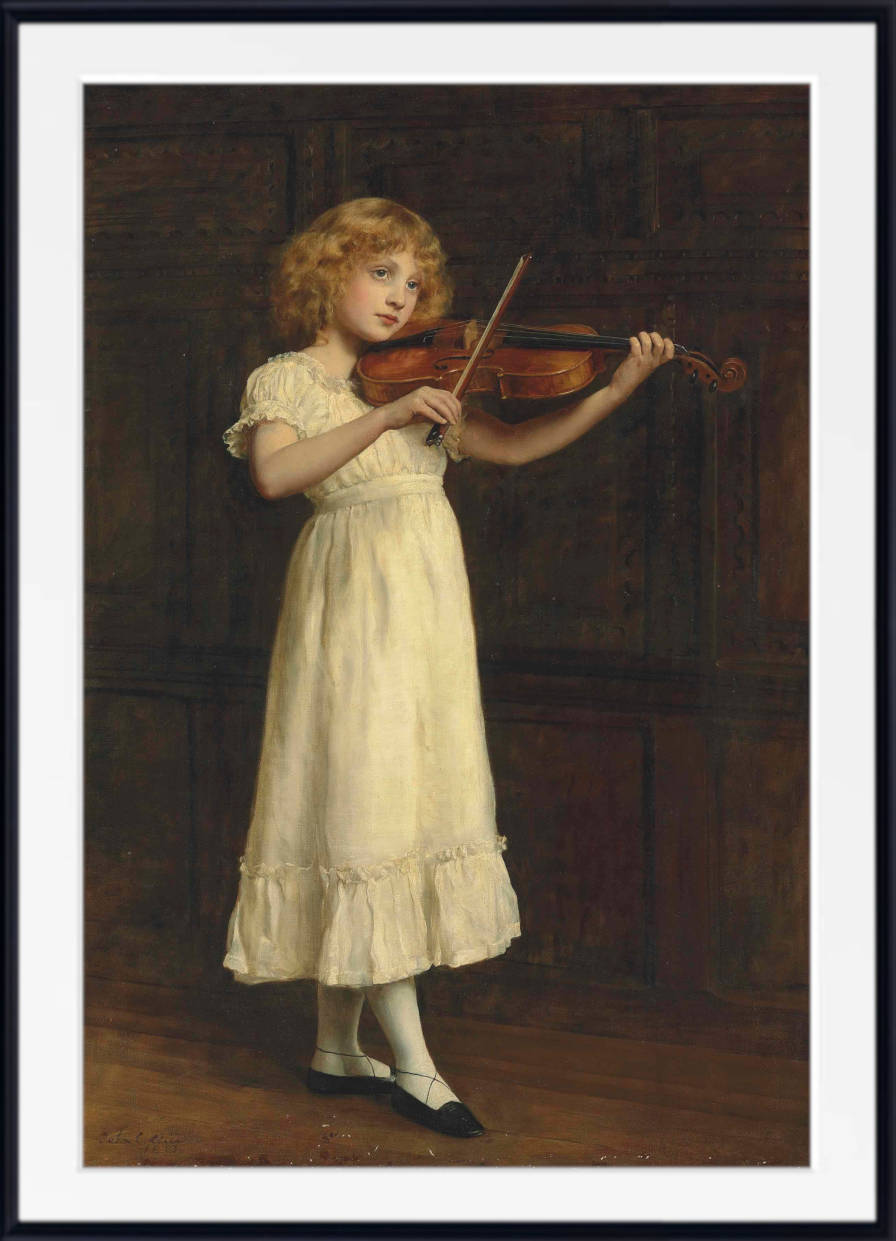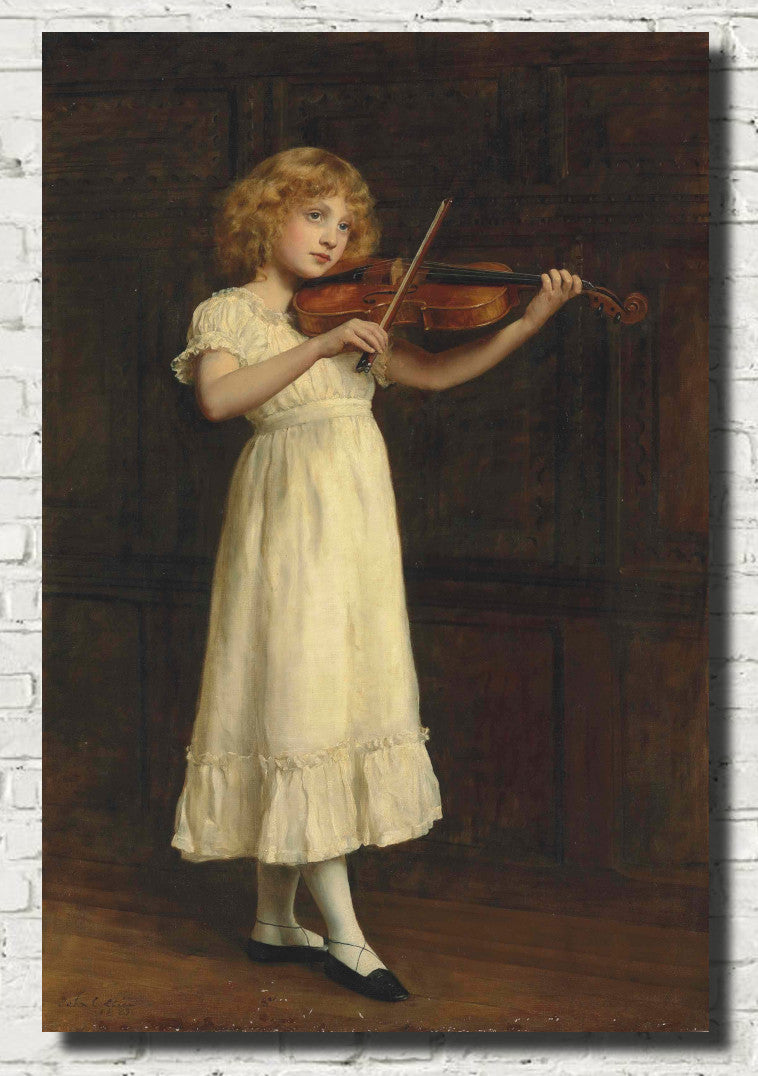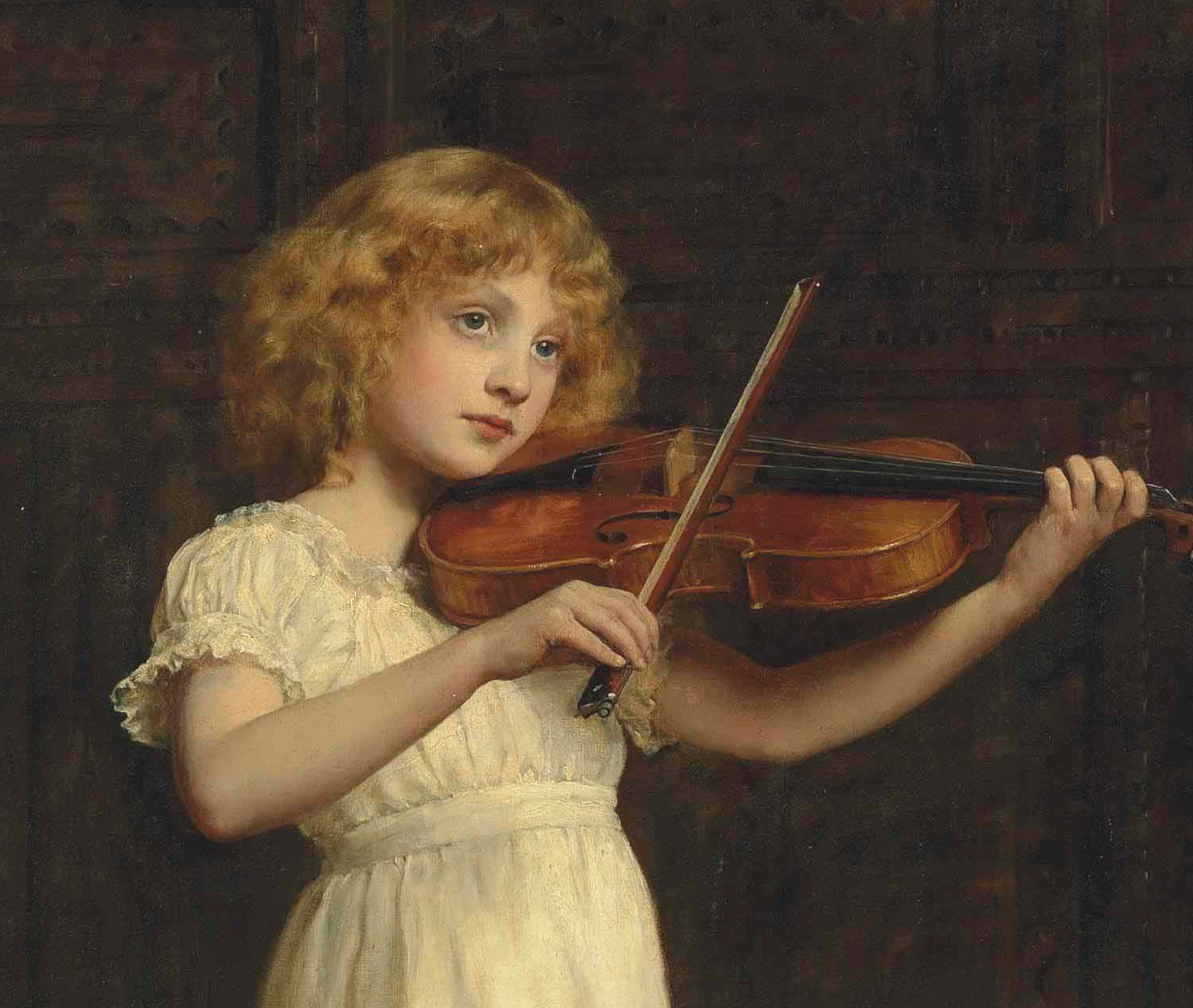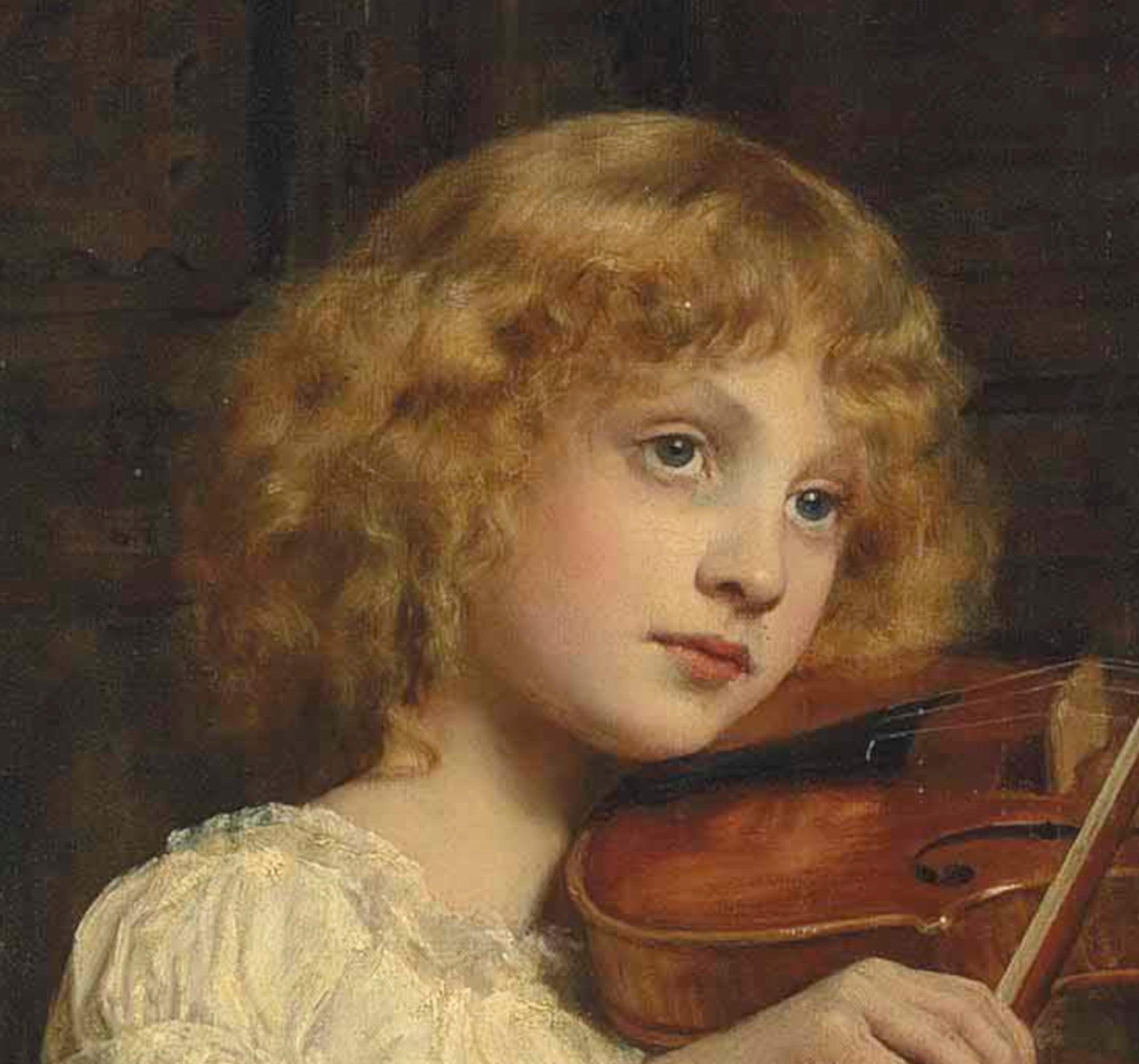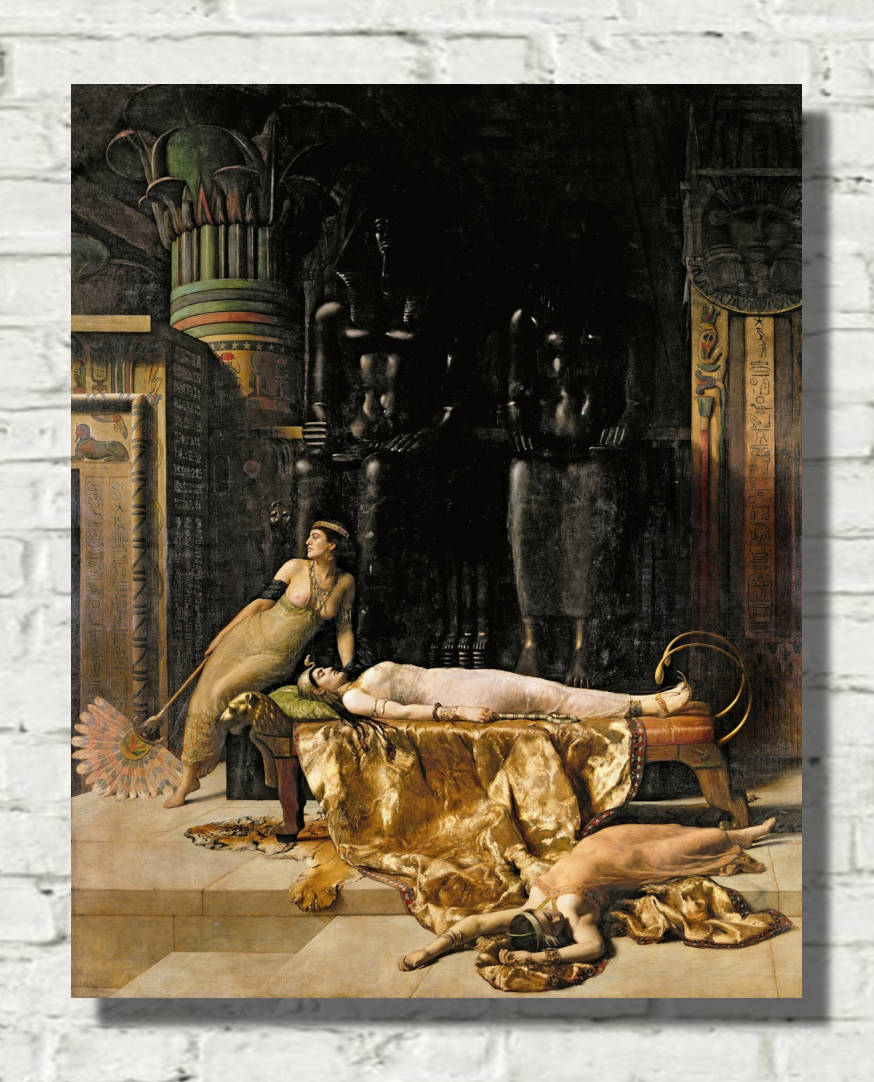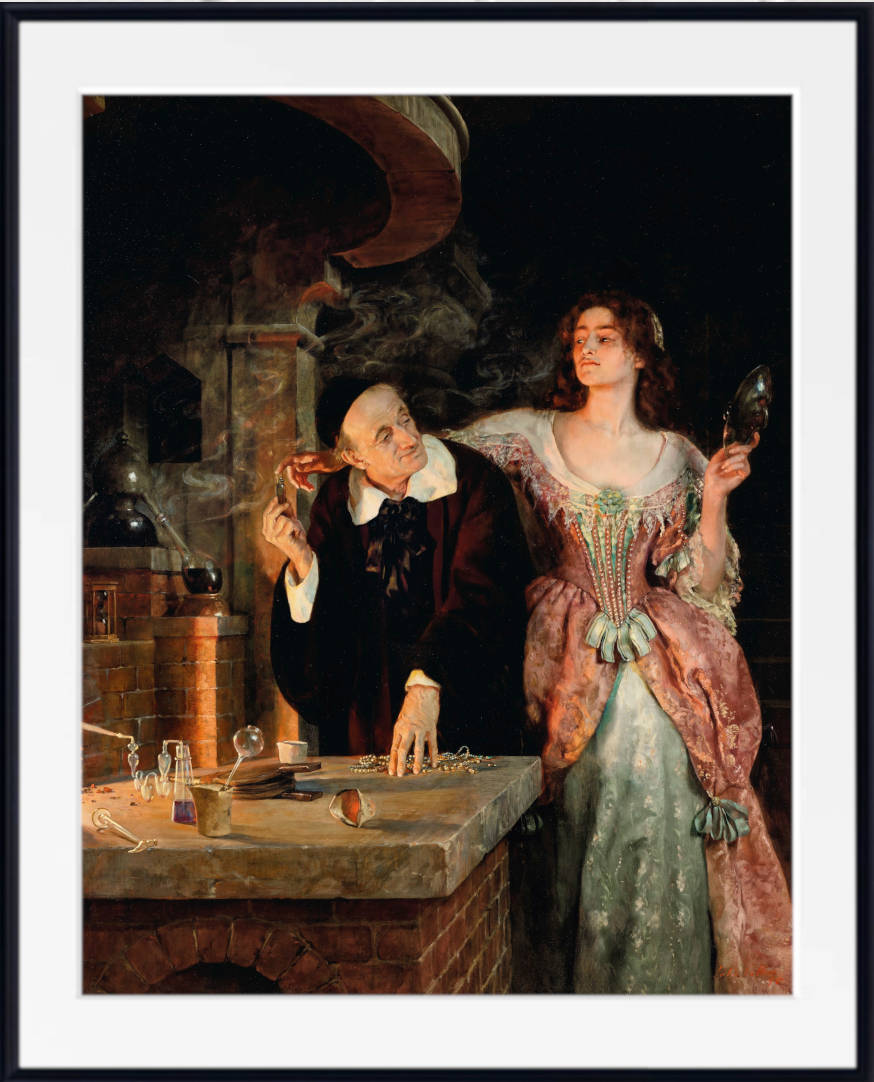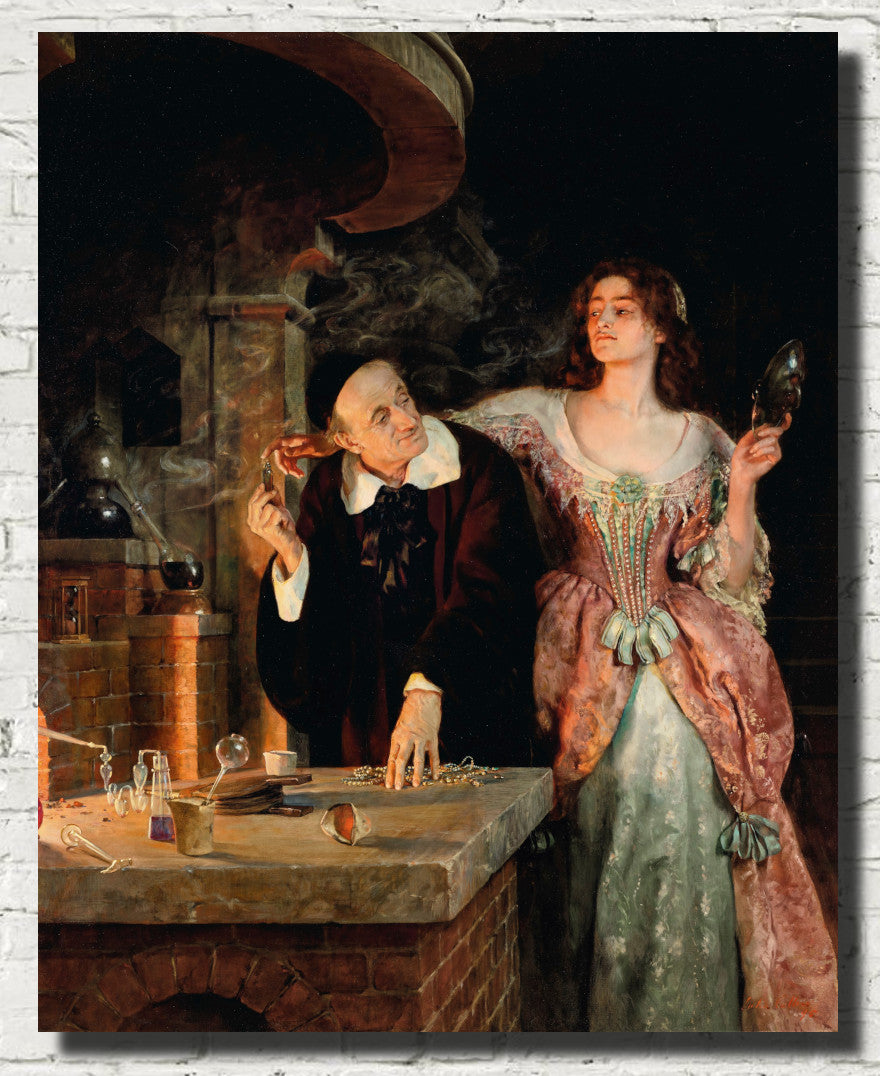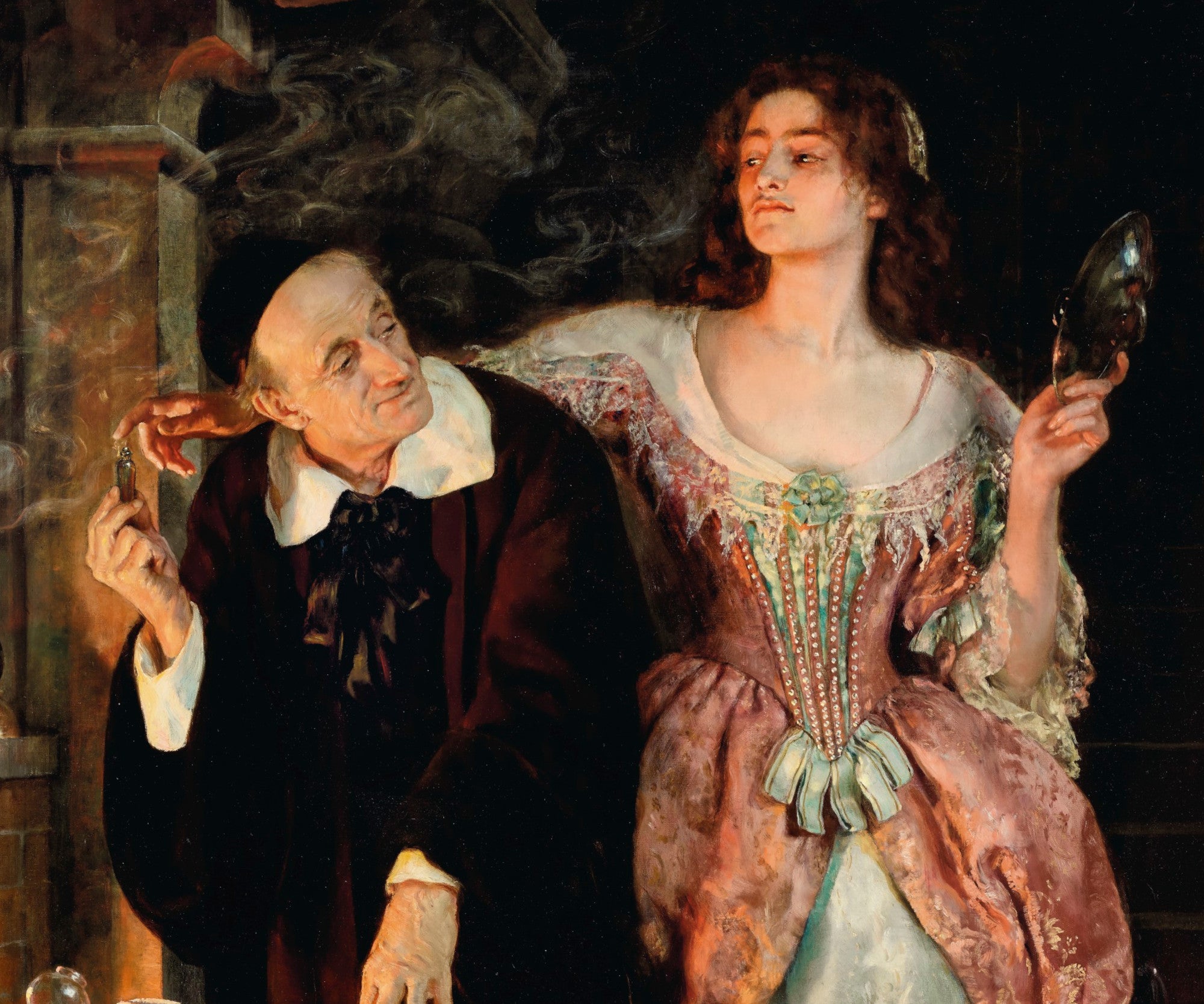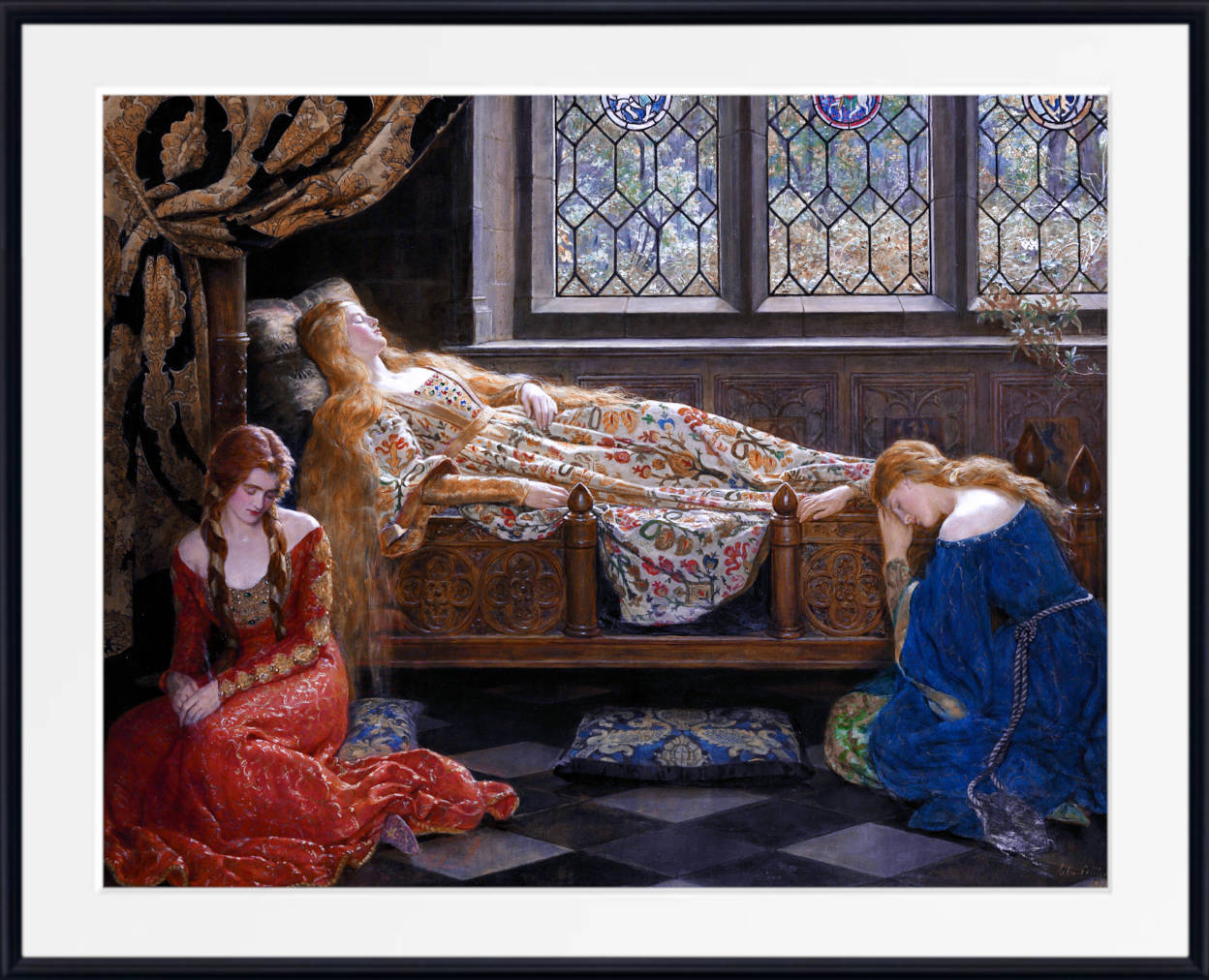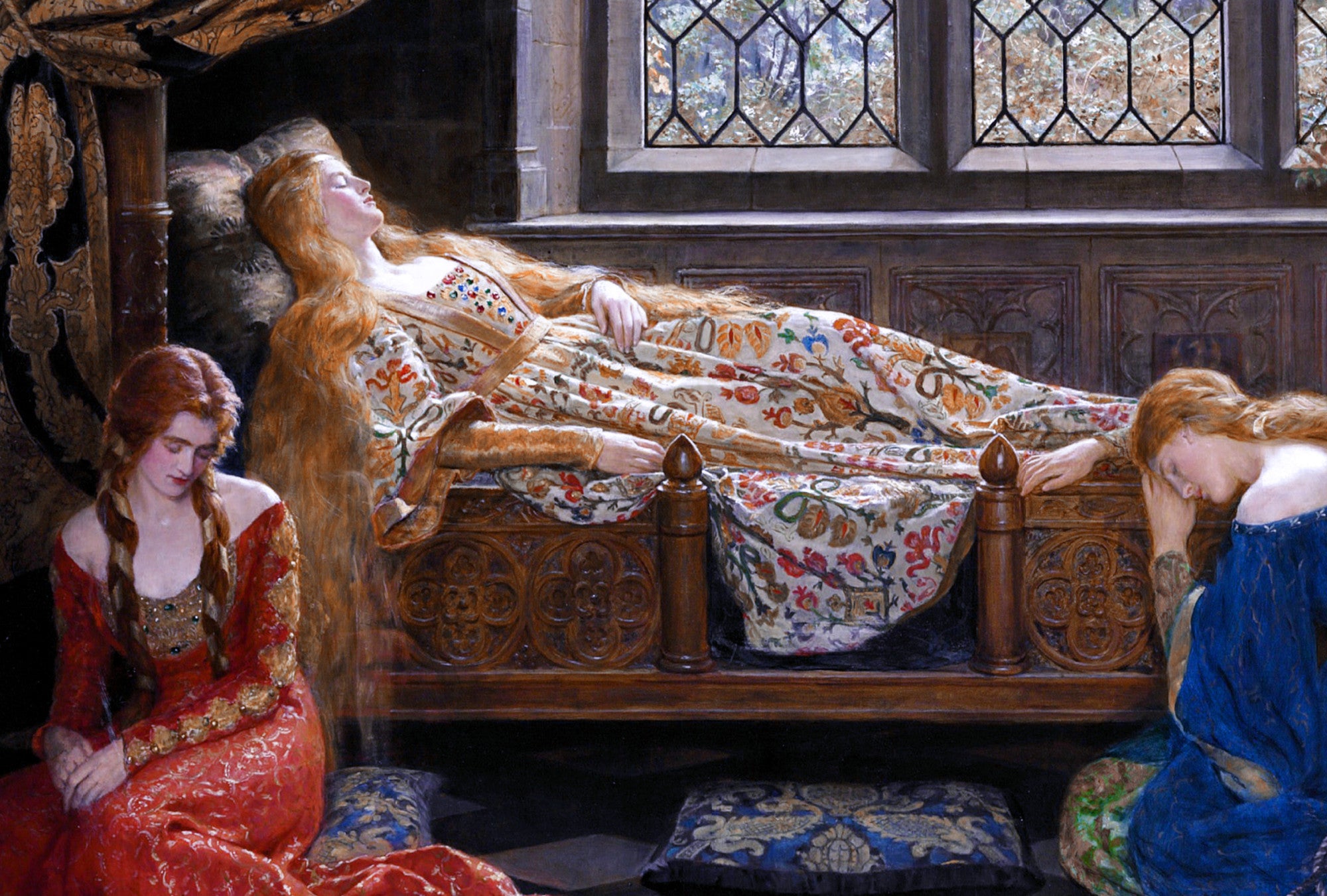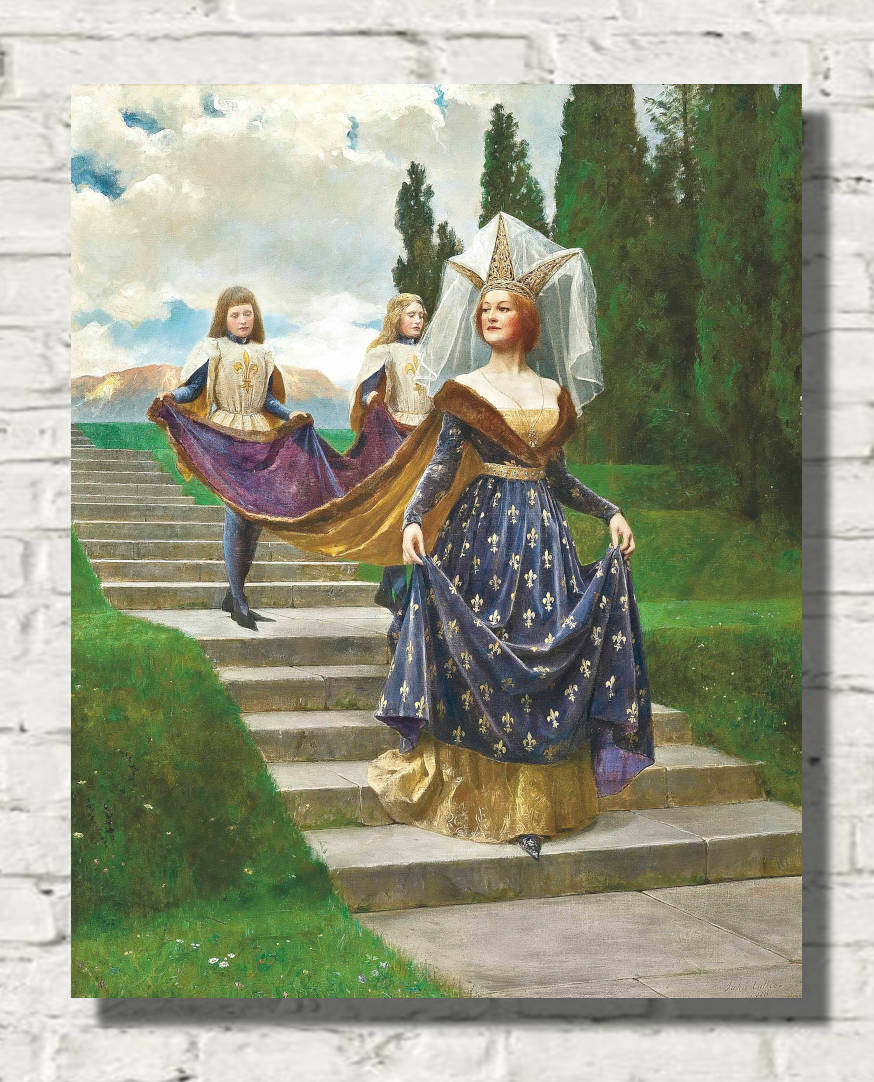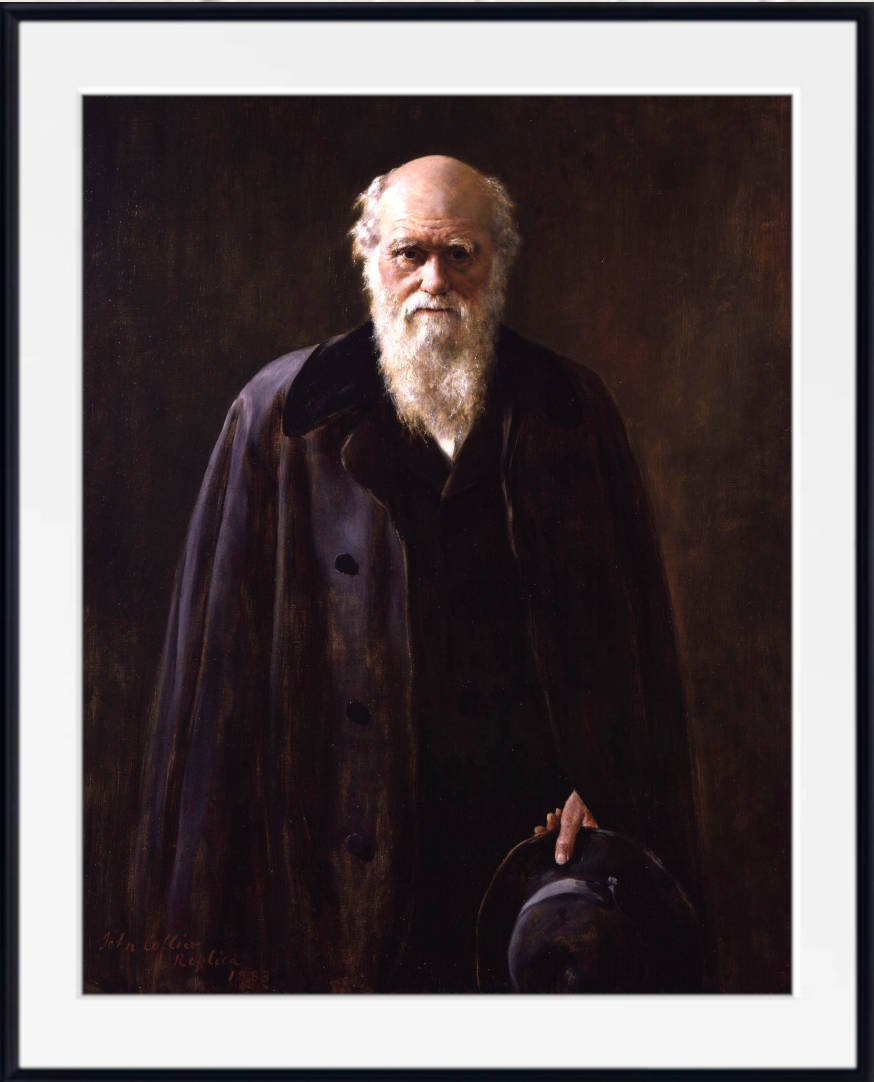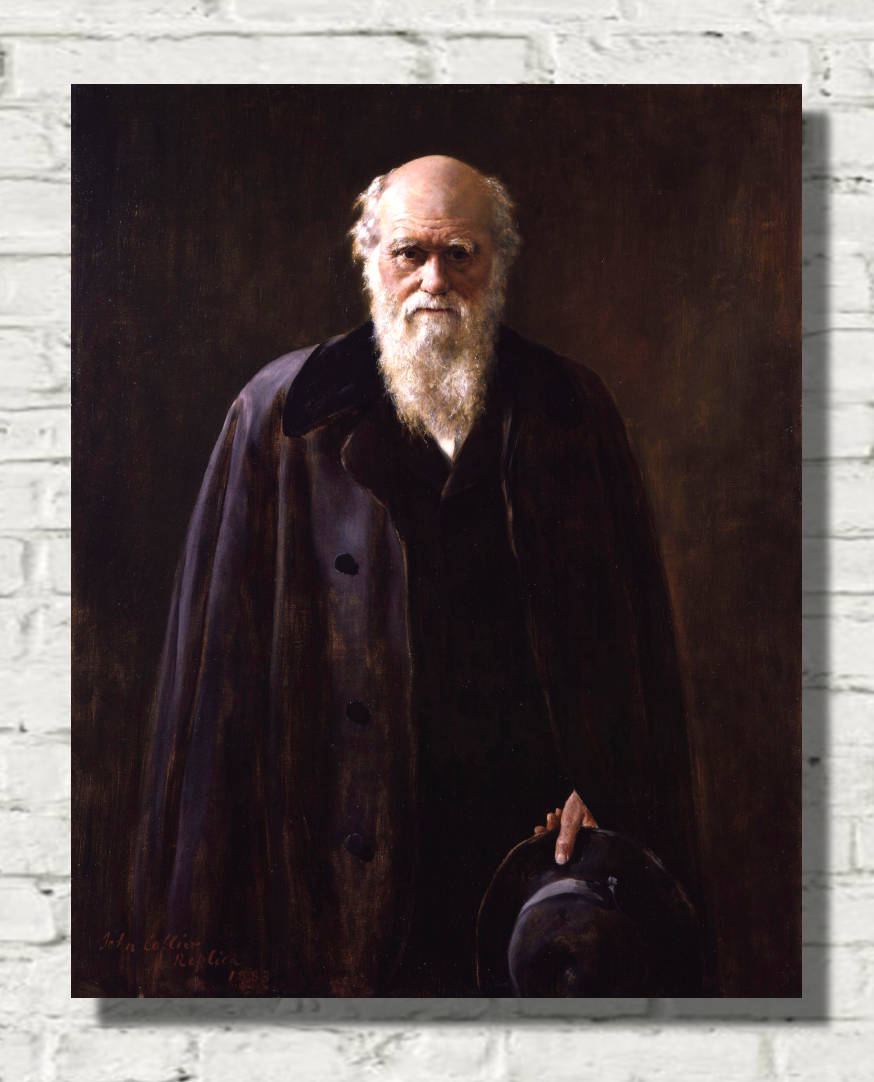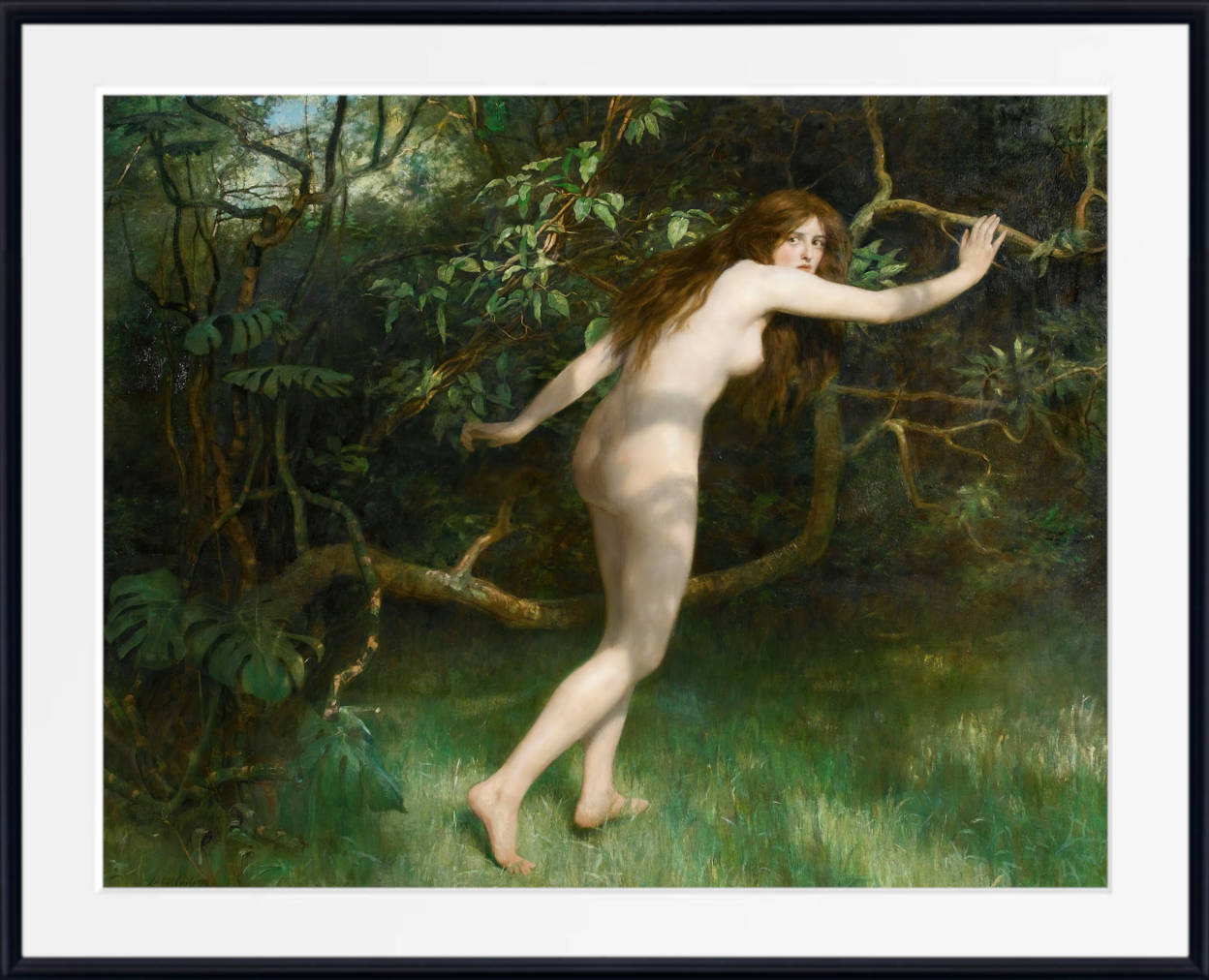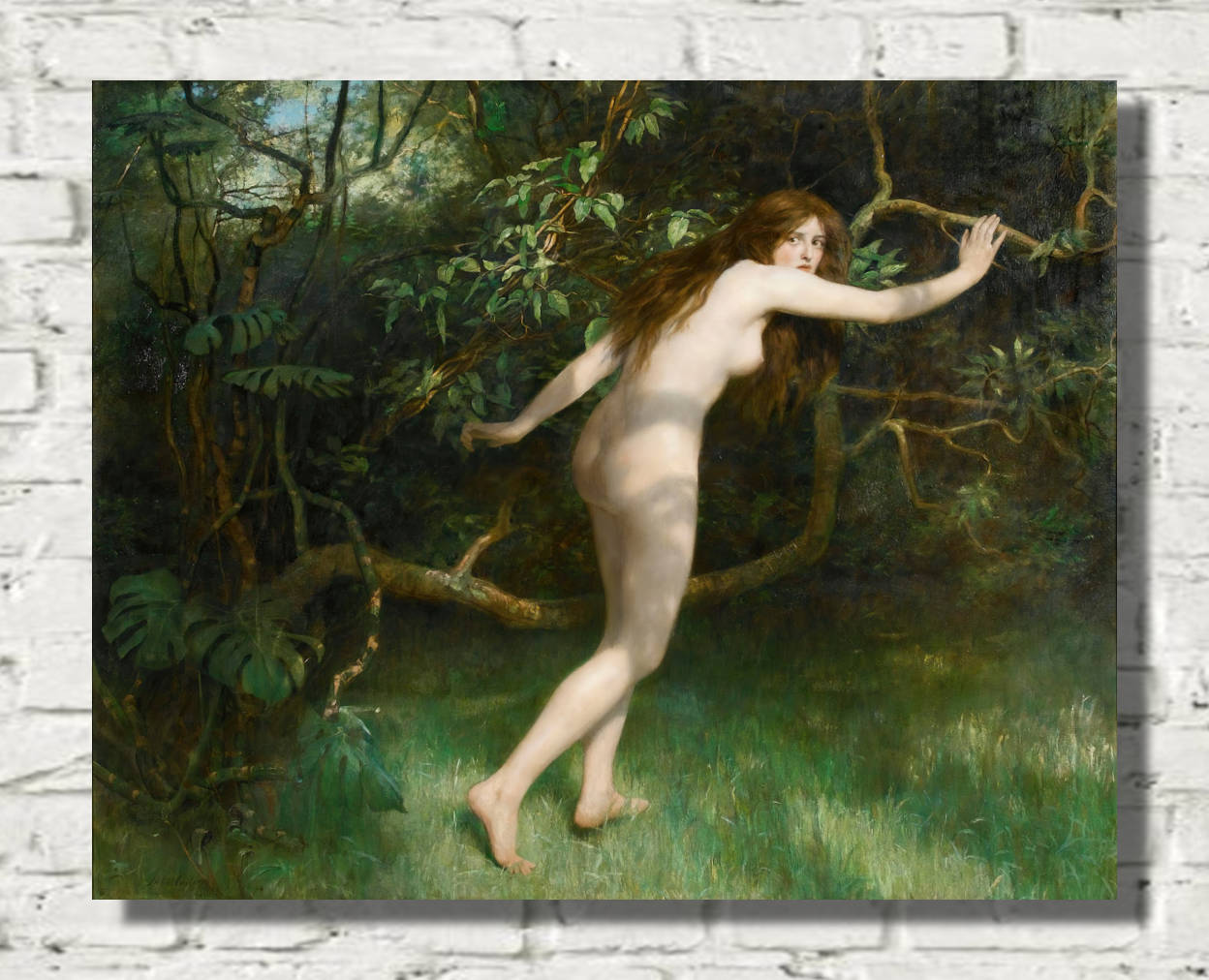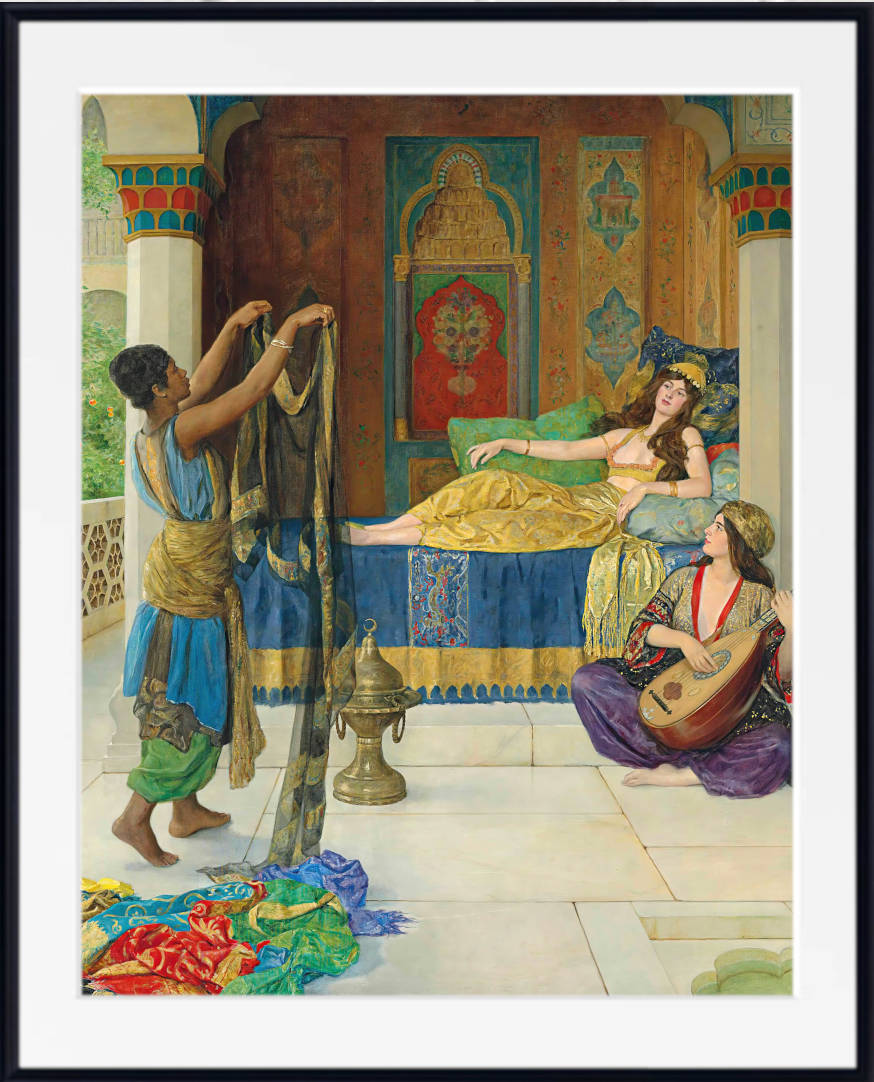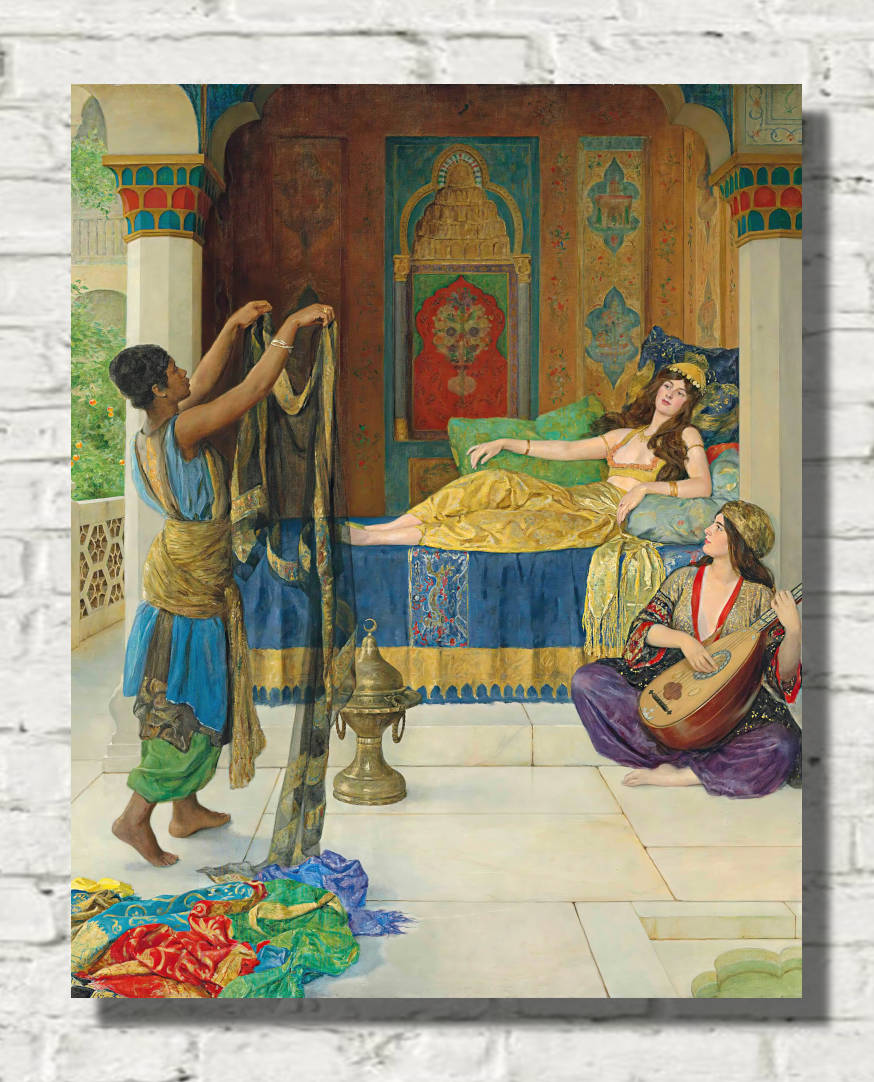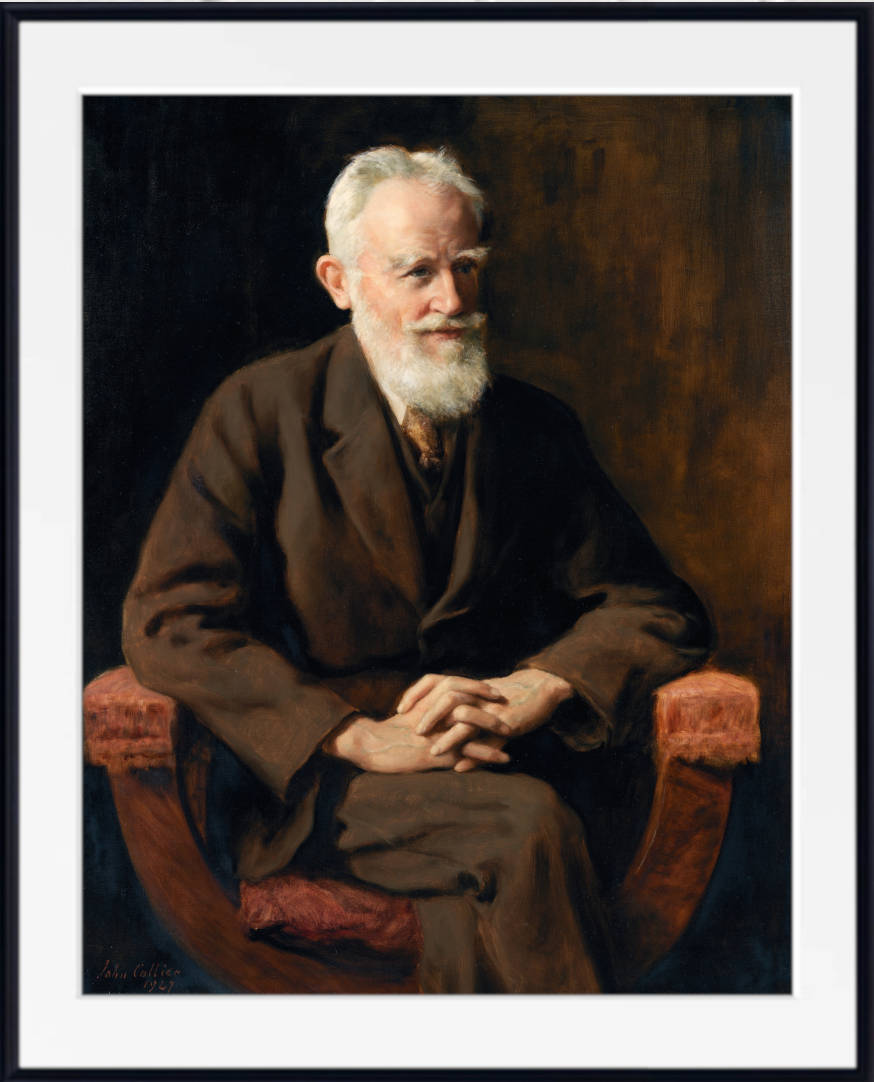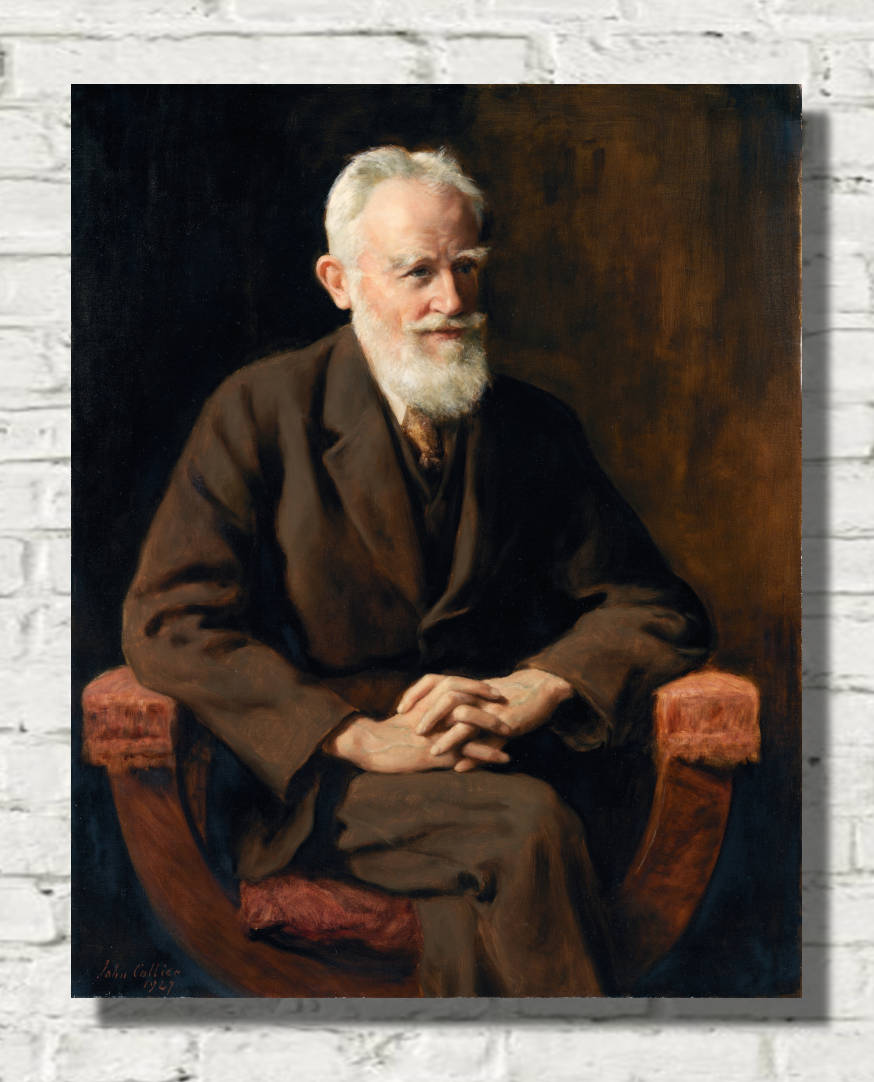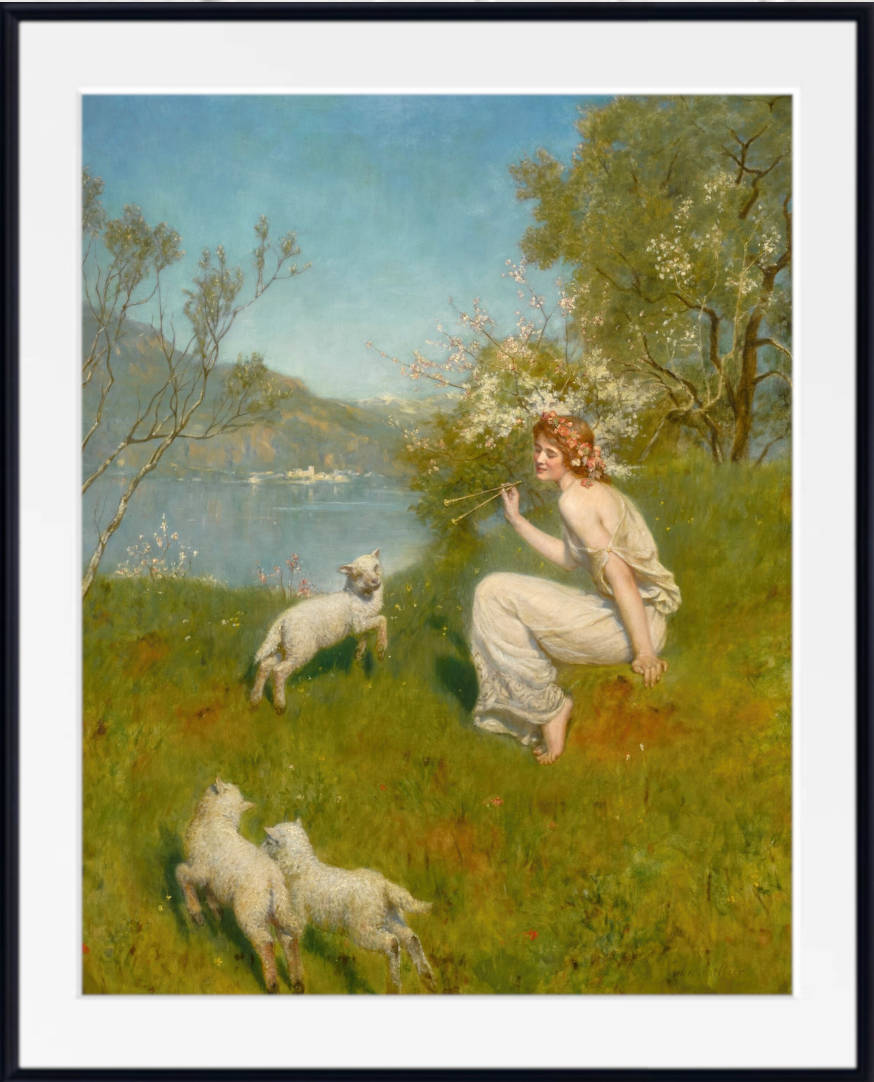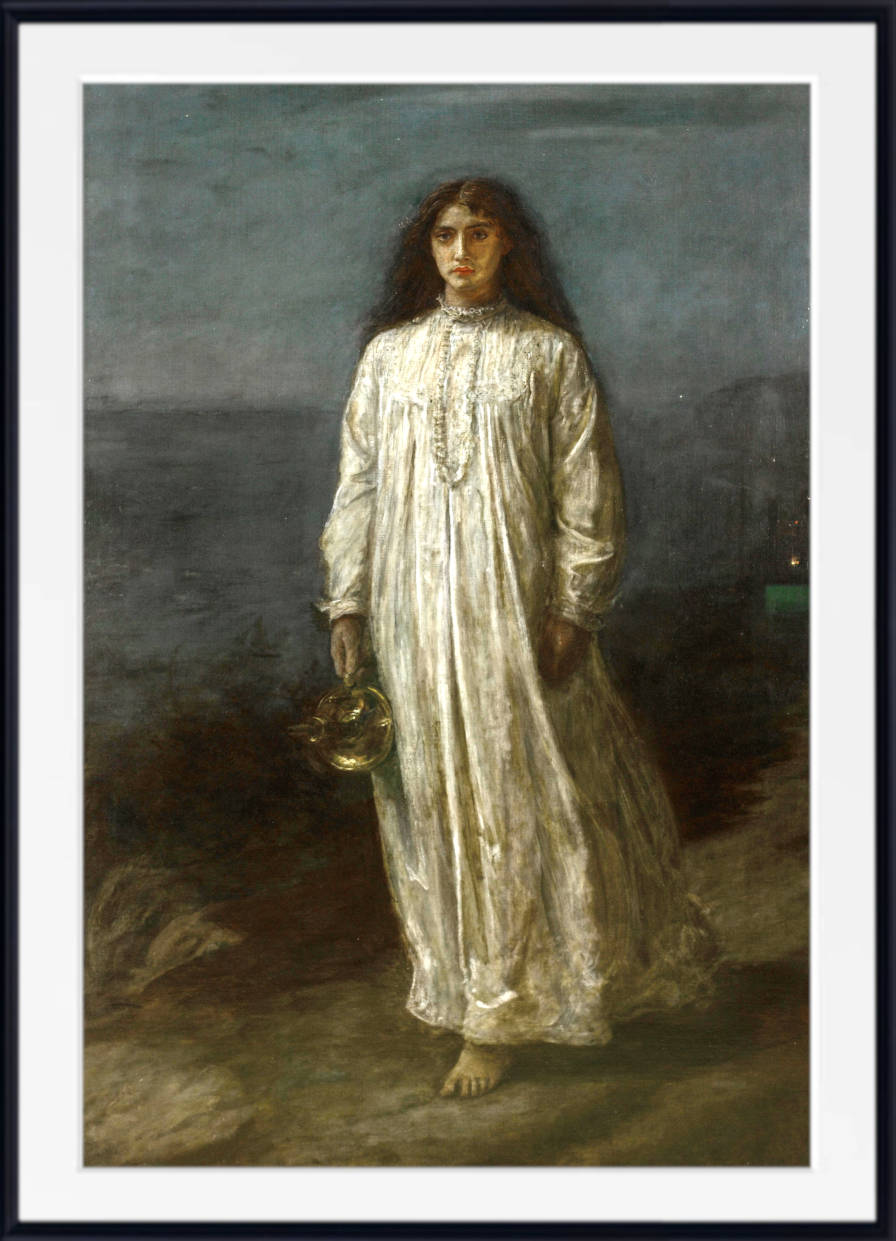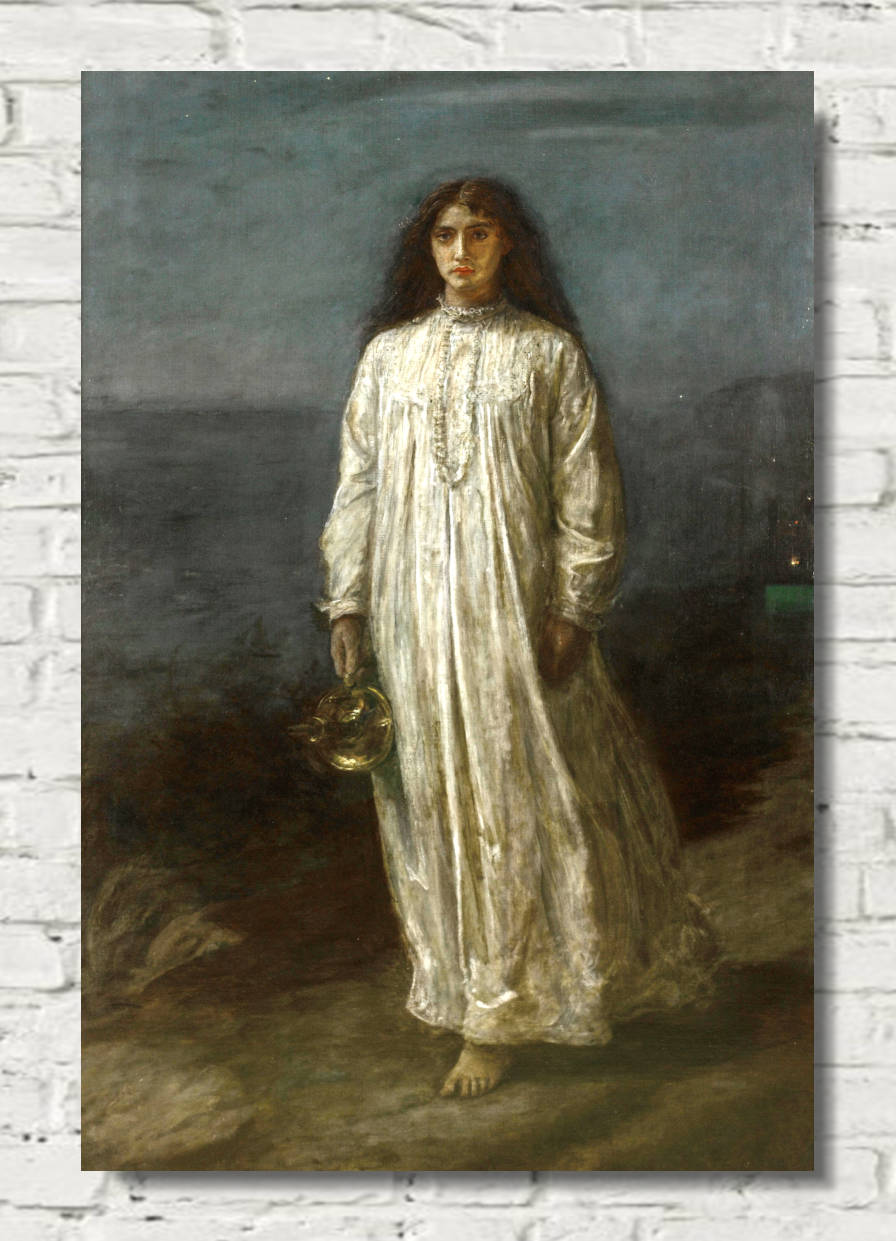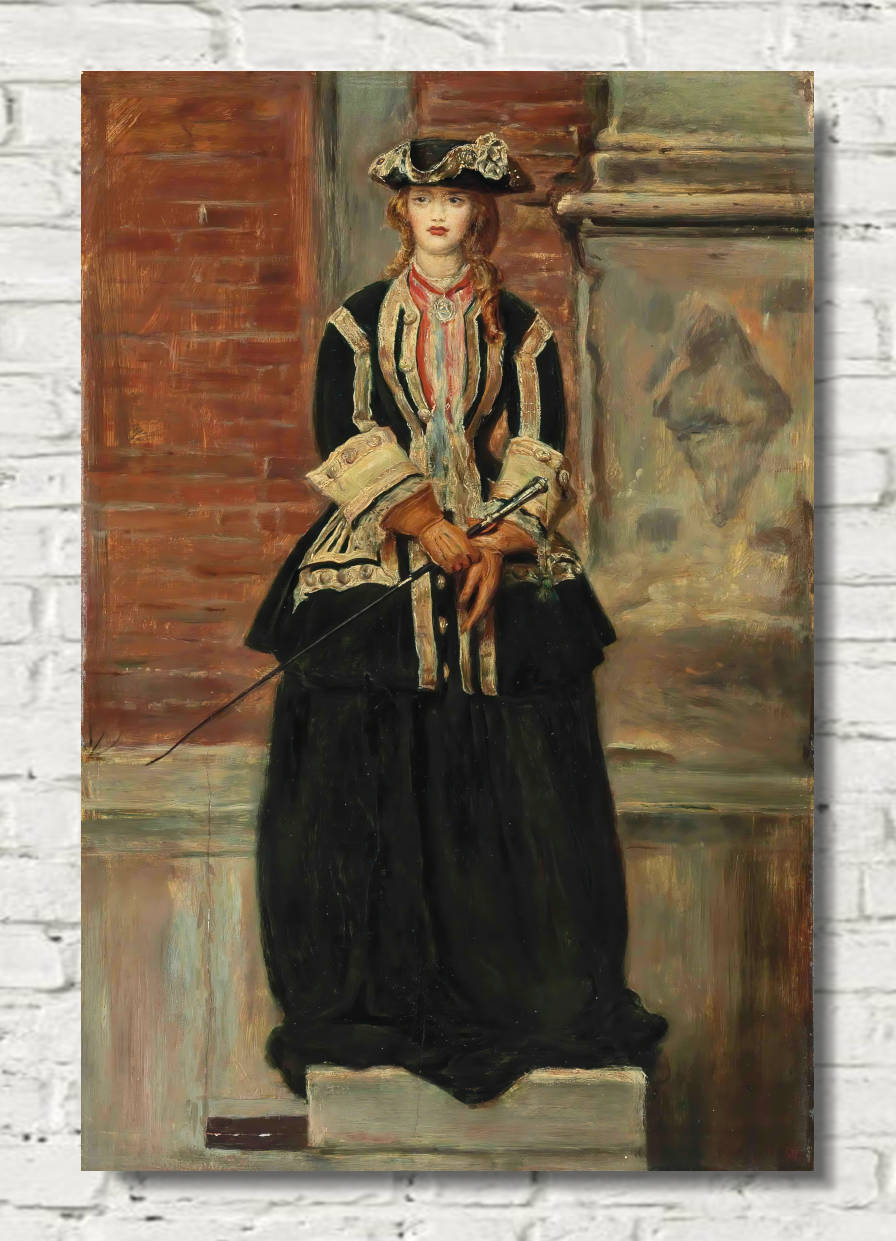Table of Contents:[hide]
The Pre-Raphaelite Brotherhood (PRB) was a groundbreaking artistic movement founded in 1848 in England. Established by a group of young artists—Dante Gabriel Rossetti, John Everett Millais, and William Holman Hunt—the Brotherhood sought to challenge and reshape the art world, rejecting what they saw as the artificial standards of art established by the Royal Academy under the influence of Sir Joshua Reynolds. Inspired by the simplicity, detail, and rich colors of medieval and early Renaissance art, the PRB aspired to create art that emphasized realism, moral themes, and unfiltered emotional expression.
Origins and Ideals of the Pre-Raphaelite Brotherhood
The Pre-Raphaelite Brotherhood was formed by seven members, primarily Rossetti, Millais, and Hunt, who united under a shared desire to rebel against the artistic conventions of their time. In contrast to the academic approach that glorified the work of Raphael as the pinnacle of artistic achievement, the PRB favored the works created before Raphael, hence the name “Pre-Raphaelite.” They argued that art should not conform to arbitrary standards or mimic Greco-Roman ideals, but rather focus on genuine emotion and naturalistic details.
The Brotherhood's founding principles revolved around a return to nature, close observation of the natural world, and capturing even the smallest details, qualities that they admired in early Renaissance works. Their aim was not only to change how art was made but to redefine its moral and social impact. They believed that art should convey truth and inspire viewers toward higher values.
Key Artistic Themes and Techniques
The Pre-Raphaelites developed a distinct visual style characterized by vivid color, meticulous detail, and intricate compositions. They used vibrant, unblended colors on a white canvas background, which gave their works an almost jewel-like intensity. This choice of medium and technique allowed them to portray texture and detail with striking realism. The group’s approach to color was revolutionary at the time, as artists traditionally worked on a dark ground, producing softer, more subdued hues.
Another significant aspect of their work was its literary and symbolic content. Many Pre-Raphaelite paintings were inspired by literature, mythology, and contemporary poetry. Works such as Rossetti’s The Blessed Damozel and Millais’s Ophelia drew directly from Romantic poetry and Shakespearean drama, transforming these narratives into visual representations that resonated deeply with Victorian audiences.
Notable Works of the Pre-Raphaelite Brotherhood
Ophelia by John Everett Millais
John Everett Millais’s Ophelia (1851-1852) remains one of the most iconic works of the Pre-Raphaelite Brotherhood. Based on the tragic figure from Shakespeare’s Hamlet, the painting captures Ophelia as she floats in a river, moments before her drowning. Millais’ depiction is meticulous; the flora surrounding Ophelia—each plant symbolizing a different aspect of her fate—was painstakingly observed and rendered with near-photographic precision. Millais worked on the background in the Surrey countryside for months, even braving cold and discomfort to achieve an authentic portrayal of the scene. This commitment to fidelity is emblematic of the PRB's devotion to naturalistic representation.
The Day Dream by Dante Gabriel Rossetti
Dante Gabriel Rossetti's "The Day Dream" (1880) is one of his final paintings and features his muse, Jane Morris, enveloped in a lush, verdant world. She sits surrounded by foliage, her gaze distant as though lost in reverie. A book rests, neglected, on her lap, while she loosely holds a honeysuckle in her hand. The scene, imbued with deep greens, evokes a sense of inner contemplation and tranquility.
Rossetti’s choice of Jane’s attire—a green dress similar to those seen in his works "Proserpine" and "Astarte Syriaca"—links this painting to themes of nature, femininity, and introspection. Each of these works portrays Jane amid greenery, hinting at the artist’s intense fascination with her as both subject and symbol. Alongside the painting, Rossetti wrote a sonnet that ends with, “She dreams; till now on her forgotten book / Drops the forgotten blossom from her hand.” This line reflects the theme of a woman absorbed in her daydream, yet it invites speculation: is it Jane who dreams, or Rossetti himself? His repeated portrayals of Jane suggest she may represent his own imaginings and idealized visions.
Rossetti’s letters reveal his ongoing struggle to capture the elusive essence he saw in Jane. He once lamented, “How nice it would be if I could feel sure I had painted you once and for all…” Each portrayal of Jane can be seen as another attempt to convey not just her face but her significance to him. Through this dream-like image, Rossetti offers a glimpse into his inner world, where art and desire merge, creating a timeless muse who shaped his most profound works.
Influences and Legacy
The Pre-Raphaelite Brotherhood was influenced by various artistic and literary sources, from medieval art to the works of William Shakespeare, John Keats, and Alfred Lord Tennyson. They admired early Renaissance painters such as Jan van Eyck, who emphasized detail and naturalism, and Italian primitives whose works were unaffected by Renaissance conventions.
This movement also inspired later groups, including the Arts and Crafts Movement led by William Morris, who shared the Brotherhood’s appreciation for craftsmanship and honest labor. The Pre-Raphaelites laid the groundwork for these later movements, which aimed to elevate applied arts and integrate aesthetic principles into everyday life. Furthermore, the Brotherhood’s impact extended beyond England, influencing Symbolism and the Aesthetic Movement in the late 19th century.
Criticisms and Controversies
While the PRB's emphasis on realism and moral integrity garnered admiration, it also attracted criticism. Some art critics dismissed their work as excessively sentimental, particularly in their portrayals of women. The Brotherhood’s tendency to use romantic themes, with an idealized view of femininity, led some to argue that they perpetuated stereotypical representations of women as passive, tragic figures. This criticism was especially pertinent in the works of Rossetti, who often cast women as mystical, unattainable muses, creating a dichotomy between idealized beauty and unfulfilled longing.
The Enduring Impact of the Pre-Raphaelite Brotherhood
The legacy of the Pre-Raphaelite Brotherhood endures in modern art and culture. Their innovative approach to realism, combined with an intense commitment to personal expression, paved the way for later avant-garde movements that similarly sought to challenge conventions and explore psychological depth. By breaking from the dominant art standards of the time, the PRB not only revitalized British art but also influenced successive generations of artists and poets.
Today, the work of the Pre-Raphaelites continues to fascinate scholars and art lovers alike, not only for its aesthetic qualities but also for its intellectual and emotional depth. Institutions like Tate Britain and the Ashmolean Museum house many of these works, allowing viewers to experience firsthand the vision that transformed 19th-century British art.
Related Articles
References
- Prettejohn, Elizabeth. The Art of the Pre-Raphaelites. Princeton University Press, 2000.
- Barringer, Tim. Reading the Pre-Raphaelites. Yale University Press, 1999.
- Lambourne, Lionel. Victorian Painting. Phaidon Press, 1999.
- Ash, Russell. Sir John Everett Millais. Pavilion Books, 1998.






